
Visa and entry requirements Oman:
Passport required
German citizens require an e-Visa to enter the country, which must be applied for with the Royal Oman Police before departure.
In exceptional cases, it is still possible to issue a visa at the airport, at the ports and on land border crossings.
Visa costs: 50 euros
Information from the Foreign Office about your trip to Oman:
https://www.auswaertiges-amt.de/de/omansicherheit/204160
The Sultanate of Oman is a country in the Middle East with around 4.8 million inhabitants. The official language of the country is Arabic and the Omani Rial is used as a means of payment, with 10 euros equaling around 4.40 OMR.
Oman borders Saudi Arabia to the west, the United Arab Emirates to the northwest, Yemen to the southwest and the Gulf of Oman and the Arabian Sea in the Indian Ocean to the east. Omani territory also includes the exclaves of Musandam, on the Strait of Hormuz, and Madha, as well as the Masira Island and the Kuria-Muria Islands.
The country's largest cities include Muscat, Salalah, Nizwa, Sohar, Matrah, Sur, Bahla, Al Khasab and Sib.
The approximately 650 kilometer long Hajar Mountains are home to the 3,017 meter high Jabal Shams, the highest point in the state. The remaining part of the country consists mainly of desert and a narrow coastal landscape.
Oman has a variety of flora on its territory, including acacias, junipers, olive trees, date palms, jasmine, thorn bushes, figs, cedars and incense trees. In the animal world, dromedaries, sea turtles, the Arabian oryx and the occasional Arabian leopard are more common.
Oman is one of the least populated countries in the world; part of the population still lives as nomads. Approximately 97% of all residents profess the Muslim faith.
The most important export product of the Omani economy is petroleum. Oman also has significant reserves of natural gas.
Only around 6% of the country's area is used for agriculture; pomegranates, dates, tobacco, coffee, lemons, mangoes, wheat, potatoes, onions, bananas, garlic and tomatoes are mainly grown.
Other economic sectors include fishing, including tuna and swordfish, livestock farming and tourism.
The most important sights in Oman include the Grand Mosque or Sultan Qaboos Mosque, the Sultan's Palace, the Mohammed Al Ameen Mosque, the Opera House, the Mirani Fortress, the Al Khor Mosque, the Jalali Fortress, the Military Museum, Bait Garaiza and the Old city of Muscat, Ramlat al Wahiba desert, Al Mughsail beach, Sumuhram old town, Marneef Cave and Sultan Qaboos Mosque in Salalah, Nizwa fort, Wadi Ghul - the Grand Canyon of Oman, Saiq Plateau at Jebel Akhdar, the old fortress in Bahla, the Wadi Shuwaymiyah, the archaeological site of the legendary old trading city of Ubar, the sea turtle nature reserve, the Musandam peninsula - with its many fjords also called the Norway of Arabia, the largest sand desert in the world - "Rub al -Khali”, the castle of Jabrin, as well as many other wadis and long white sandy beaches.
The capital of Oman is Muscat, or Muscat, with around 700,000 inhabitants. The port of Muscat, the largest in the country, is the mainstay of the country's petroleum exports. The city has four preserved city gates, an oriental market and many public green spaces.
In the last few years I have traveled to Oman at least 20 times. So far I have visited the capital Muscat twice, the second largest city Salalah once and the northern exclave of Musandam was my destination on more than half of all trips. The fantastic fjord landscape, the jumping dolphins off the coast, the inviting Golden Tulip Hotel and the incredible tranquility make this part of Oman something very special.
The endless Omani mountains have a unique landscape and driving there is a lot of fun.
In the big cities, there is a remarkable calm and incredible cleanliness. Basically, in Oman you feel completely comfortable and absolutely safe at all times.
Oman is definitely recommended as a holiday destination.

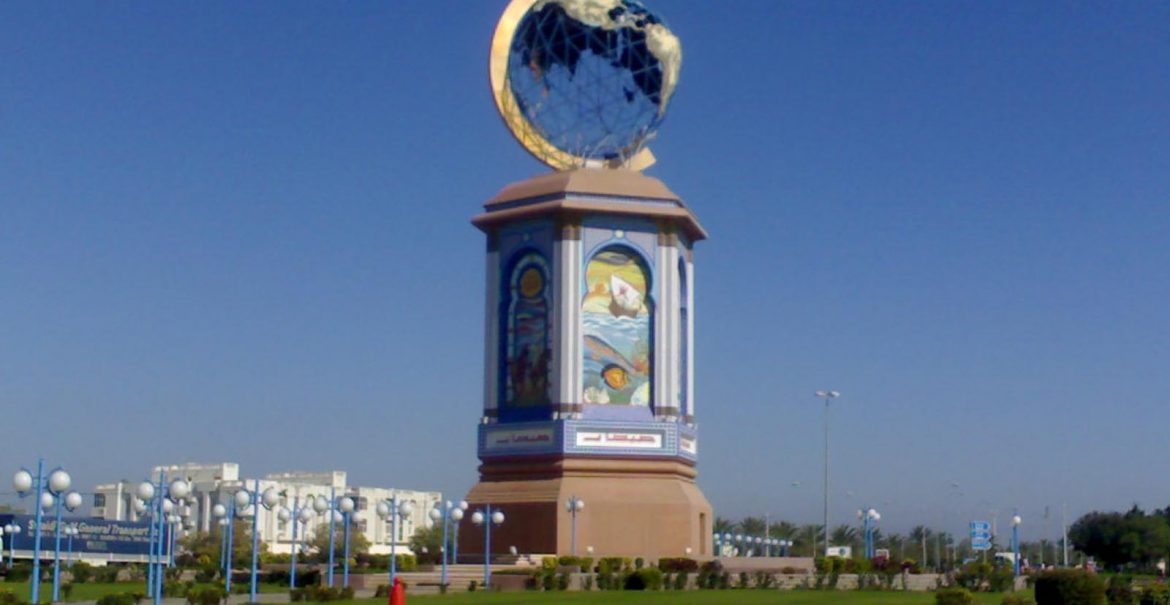
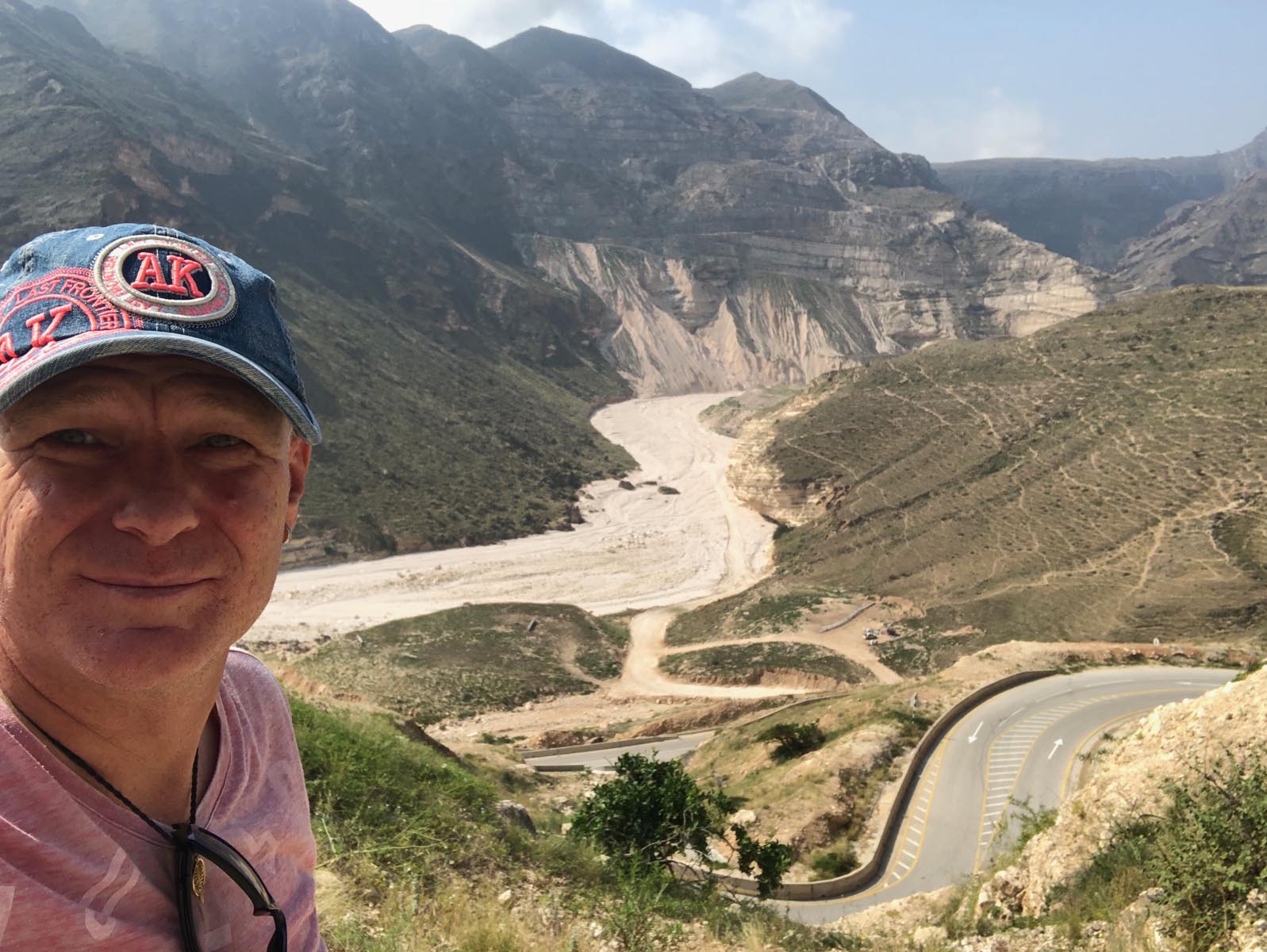
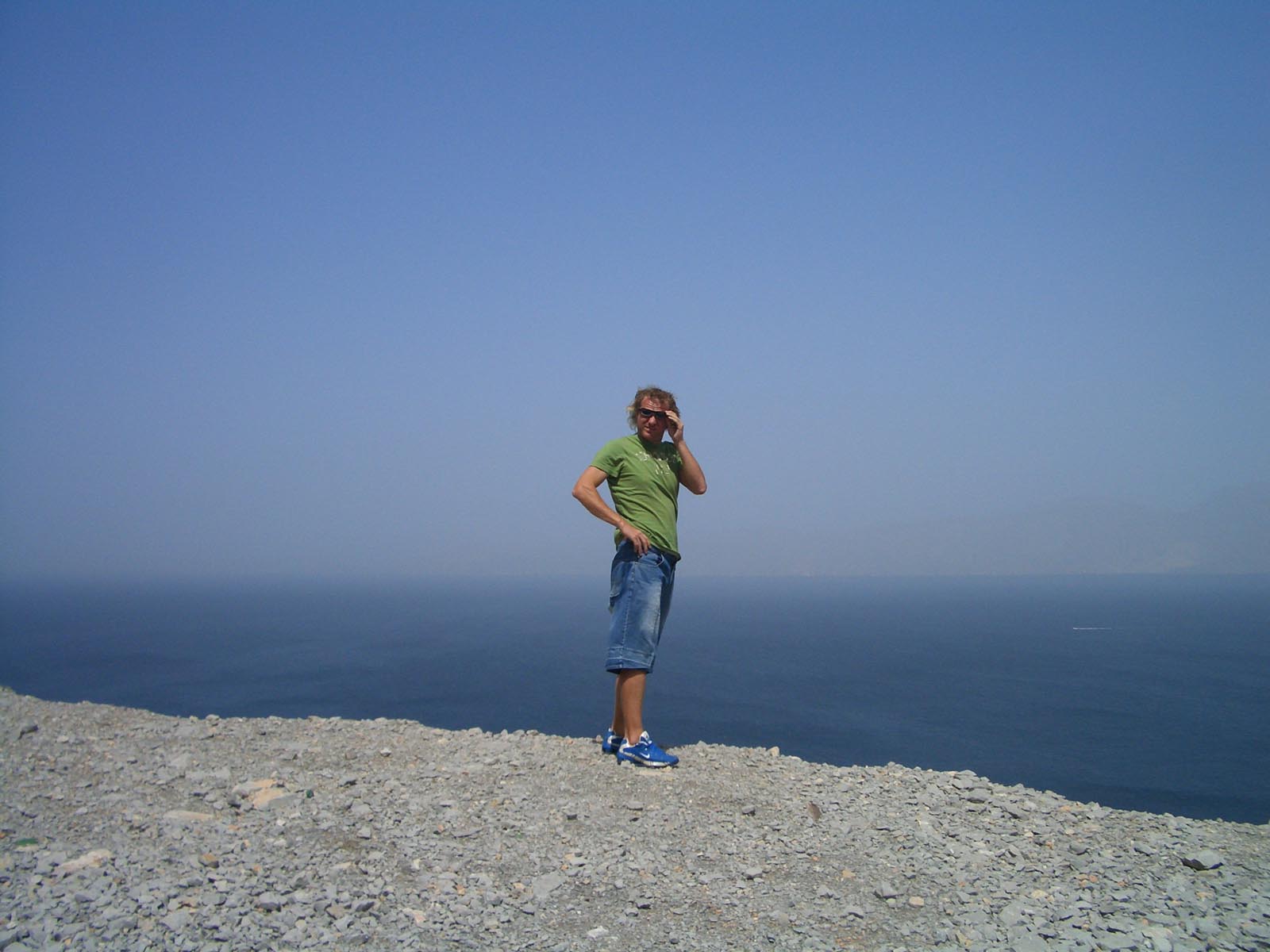
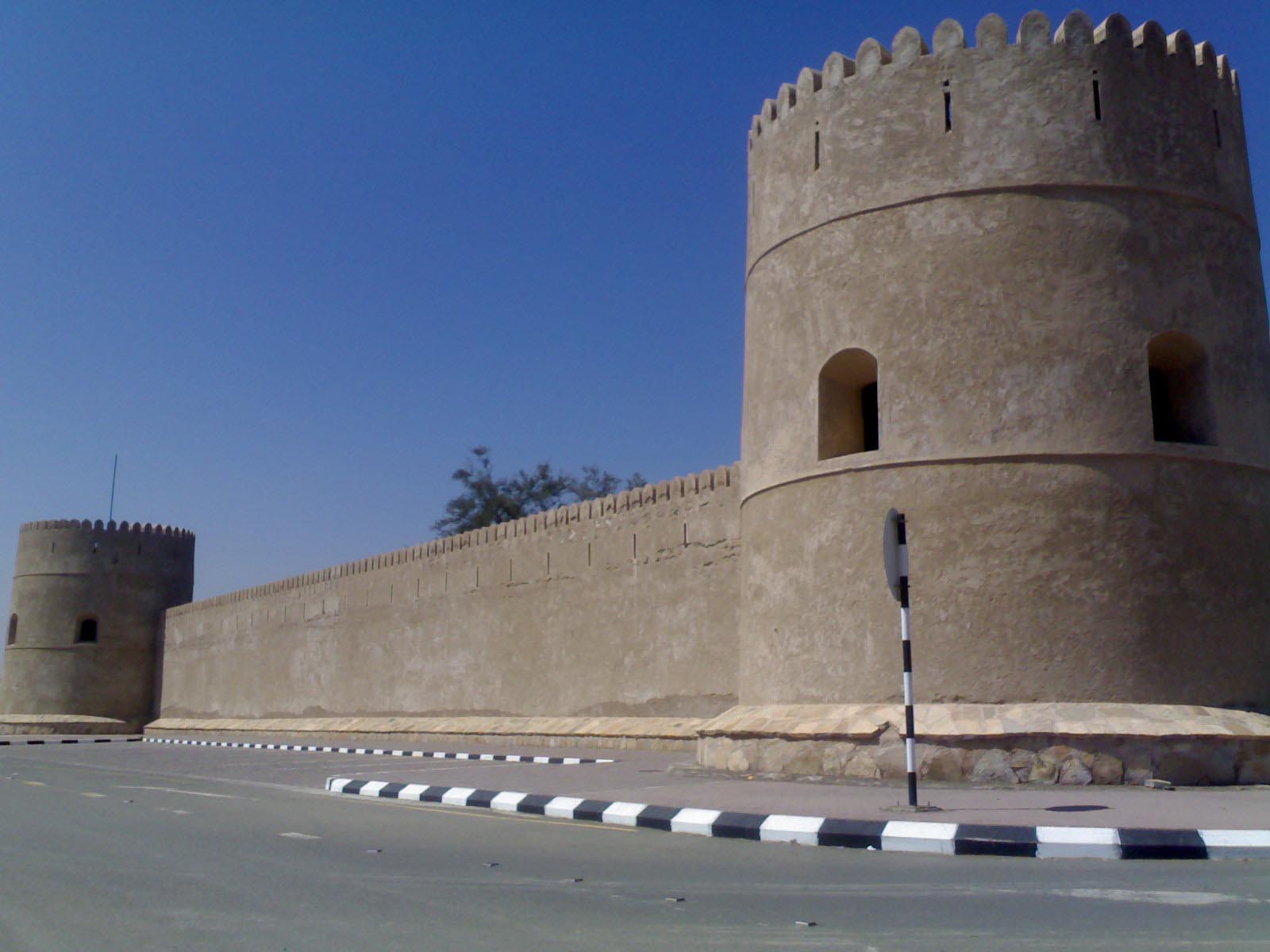
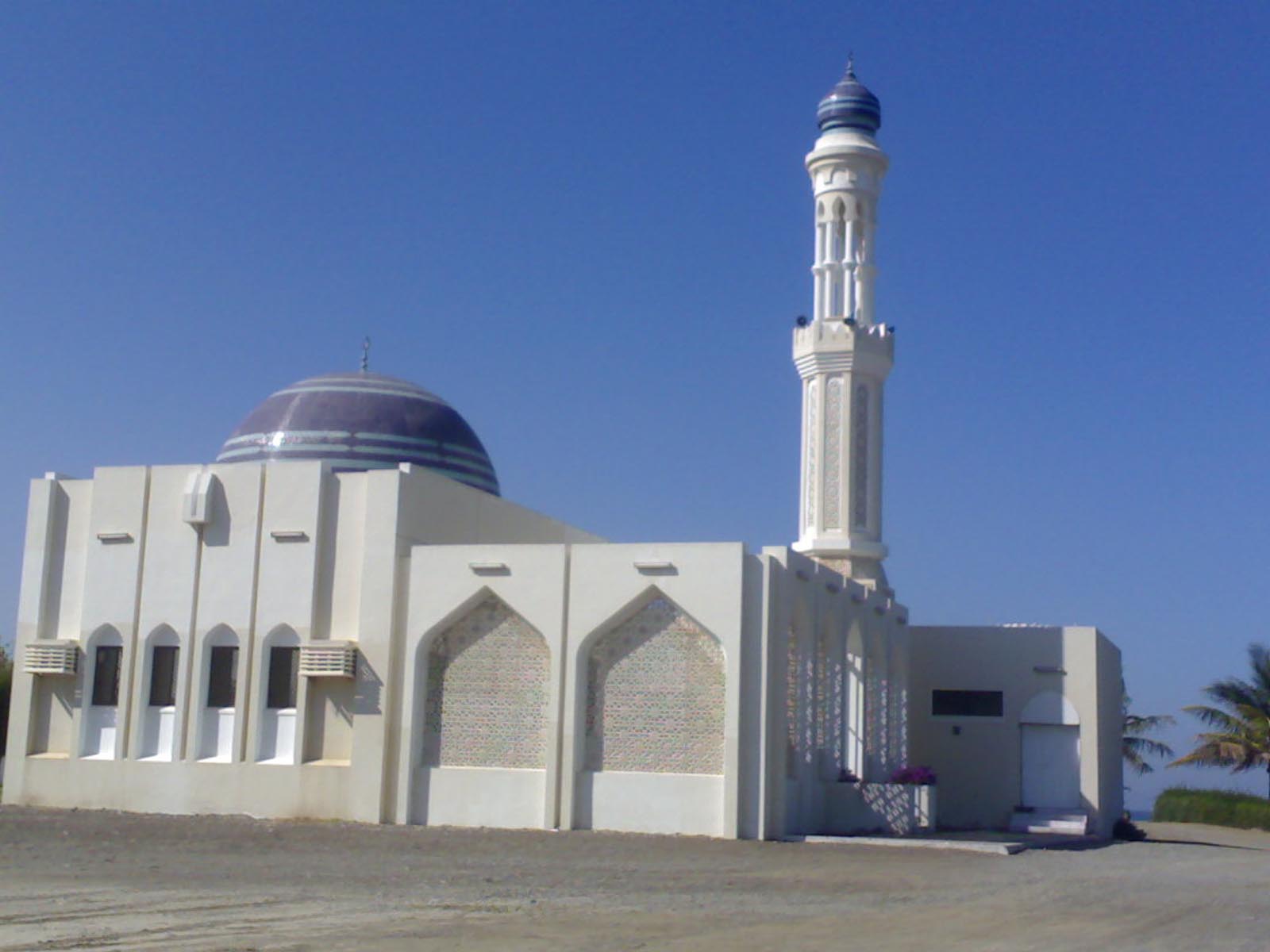
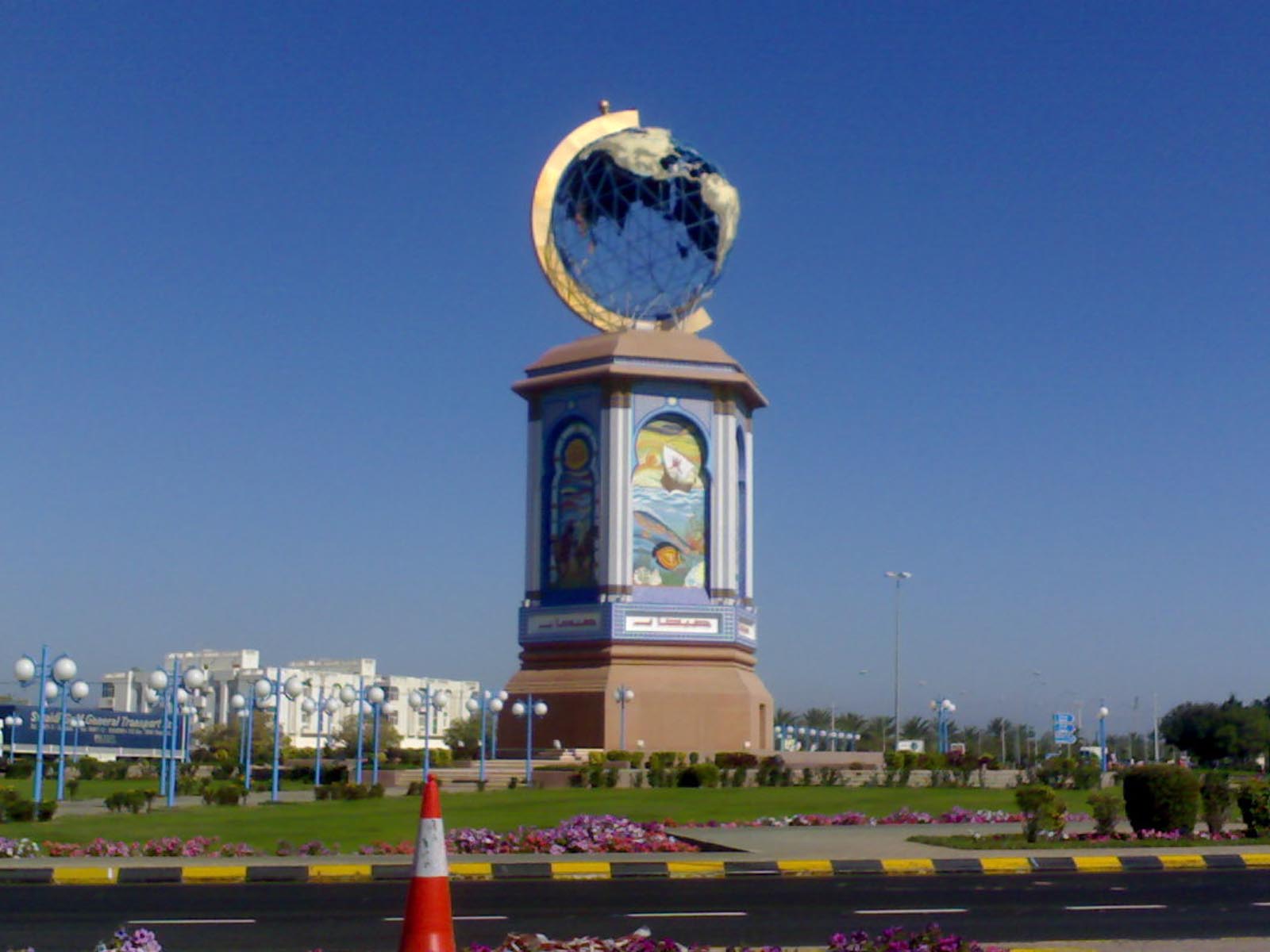
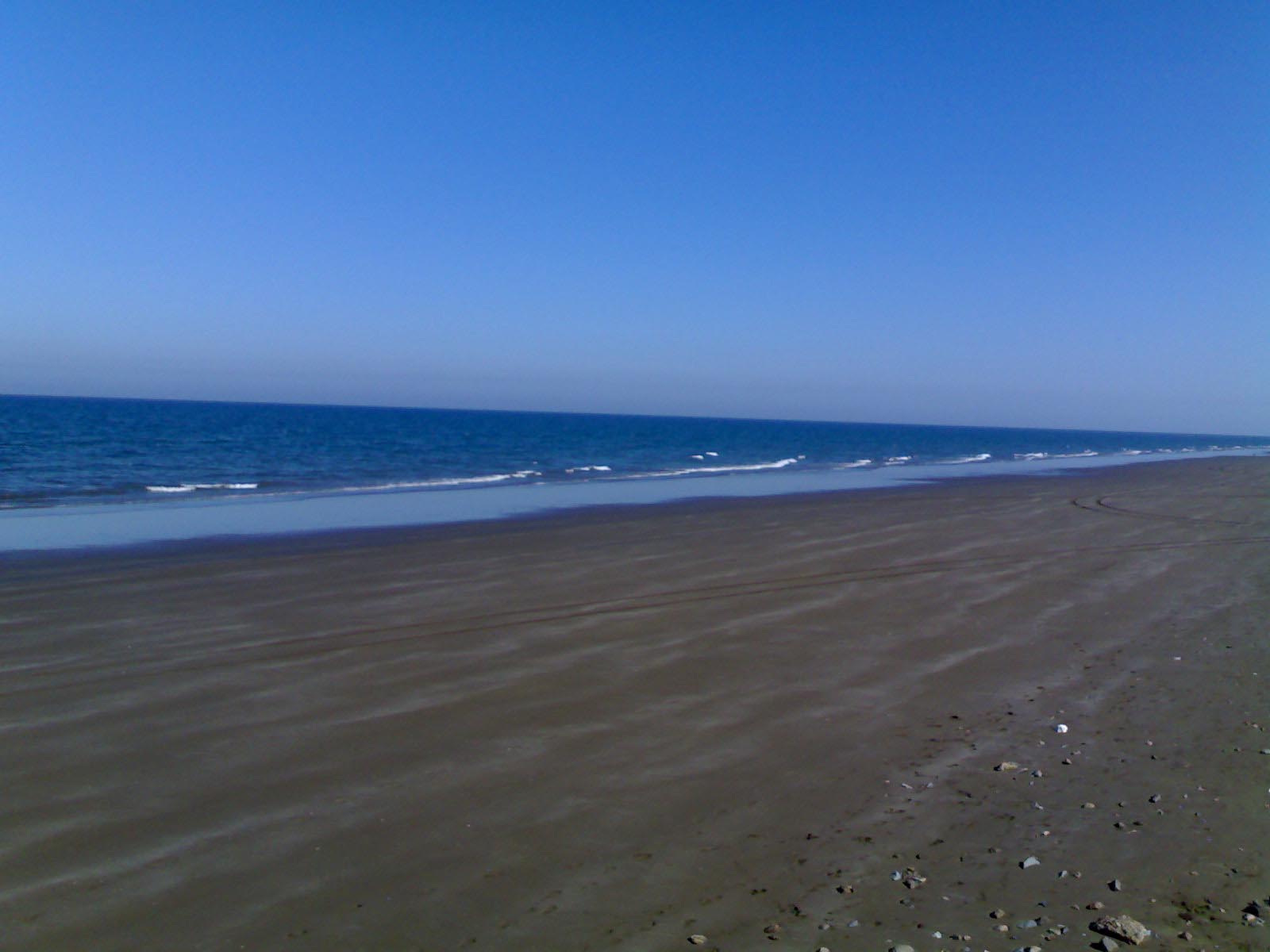
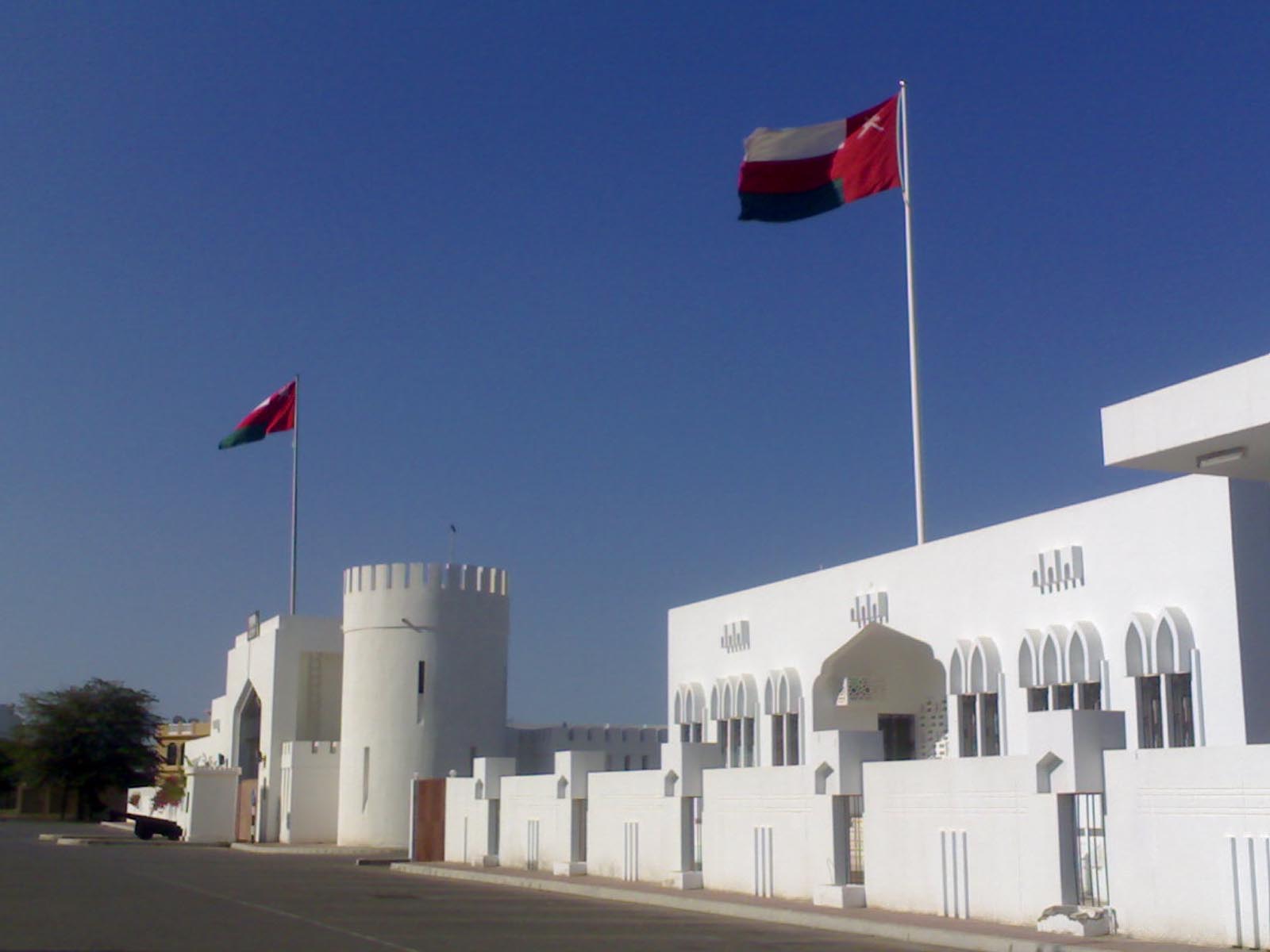
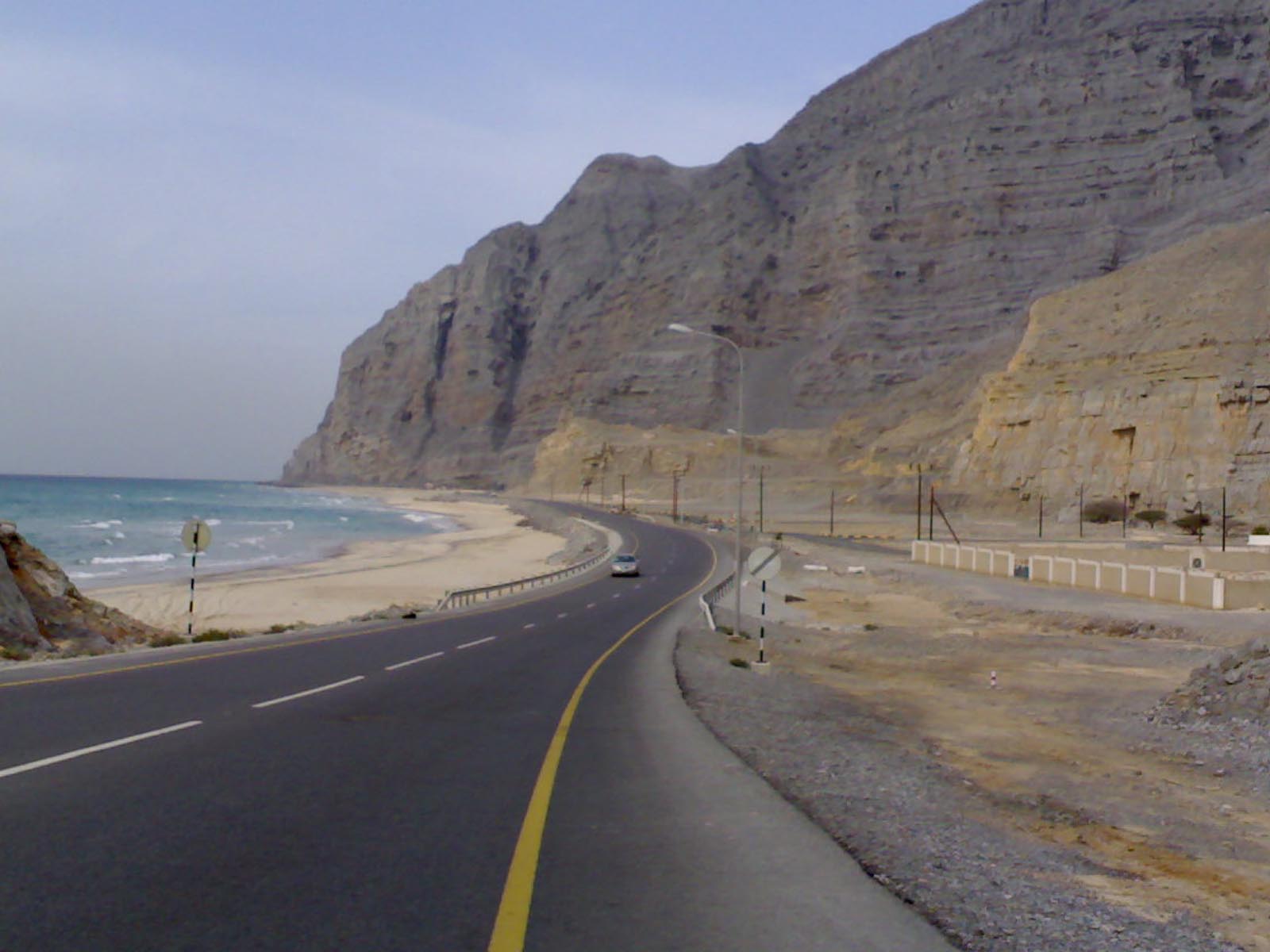
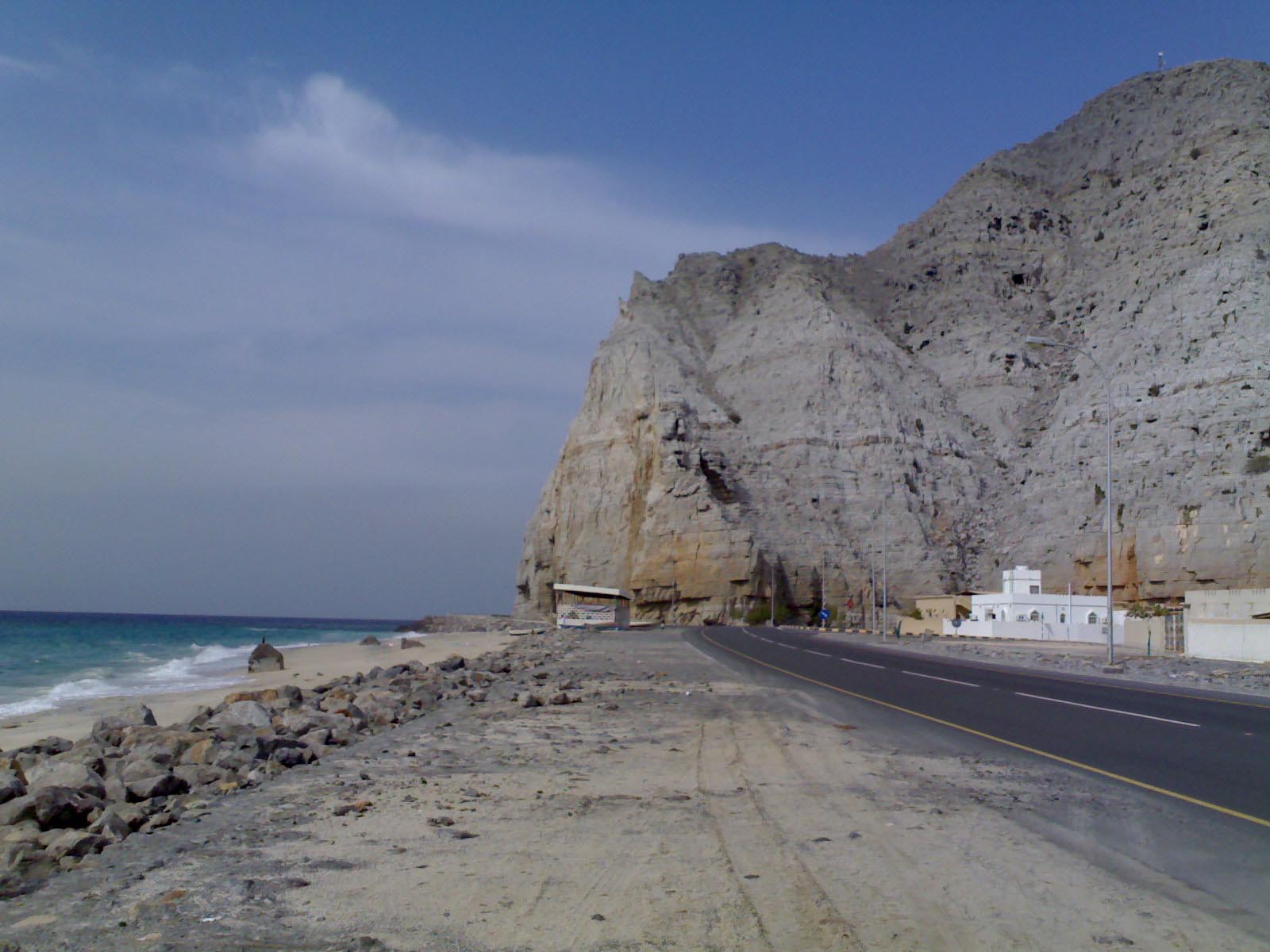
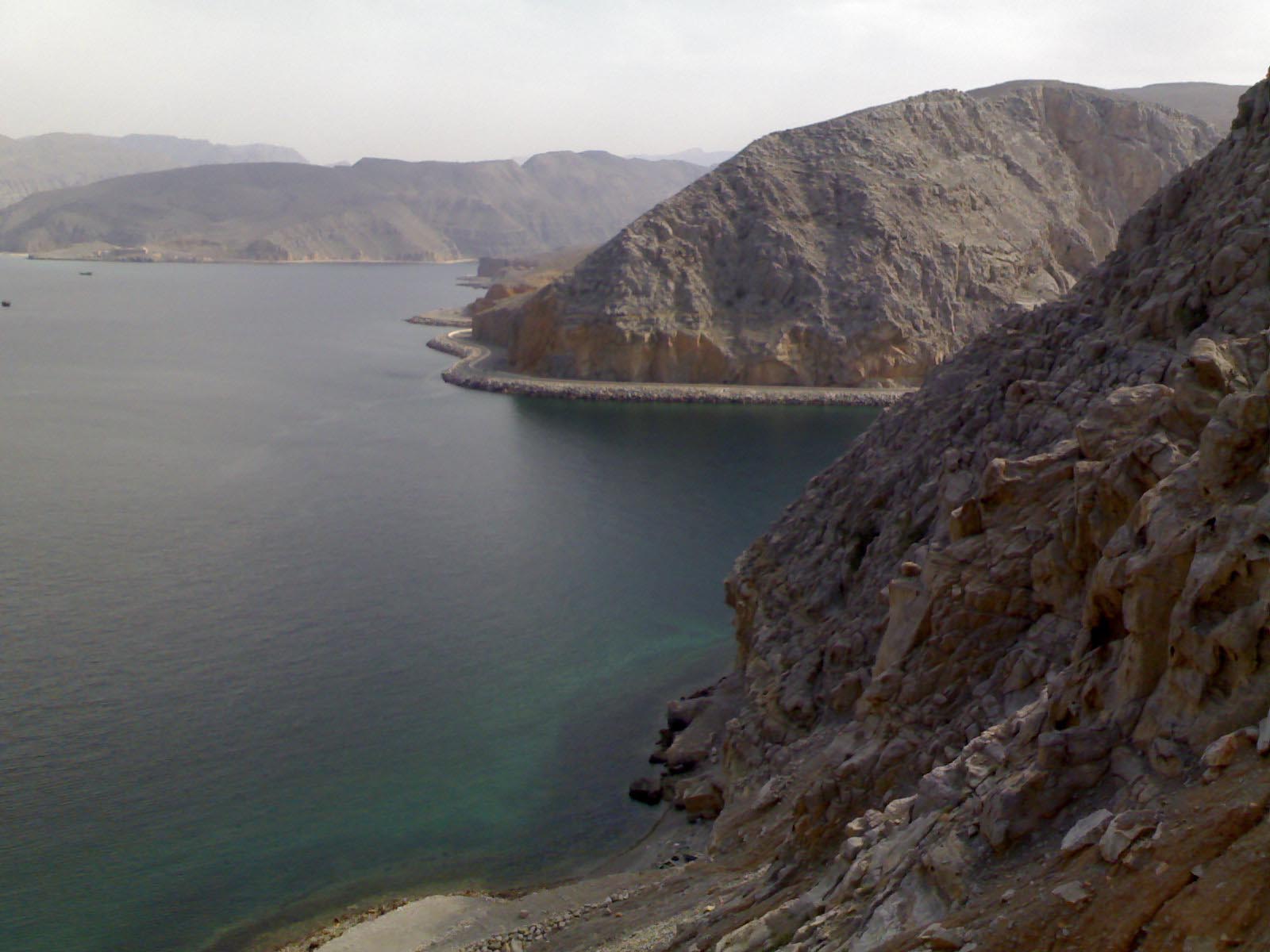
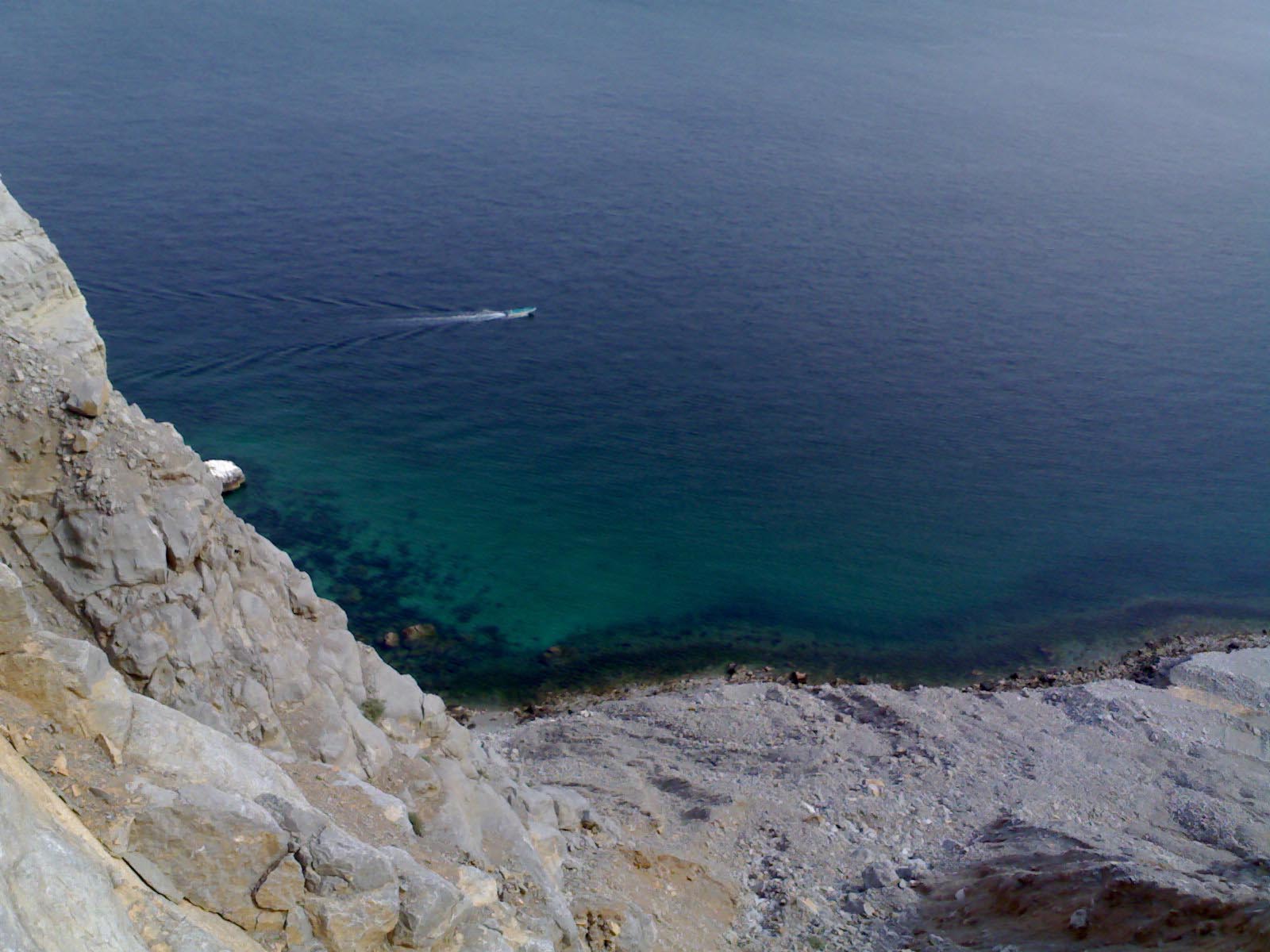
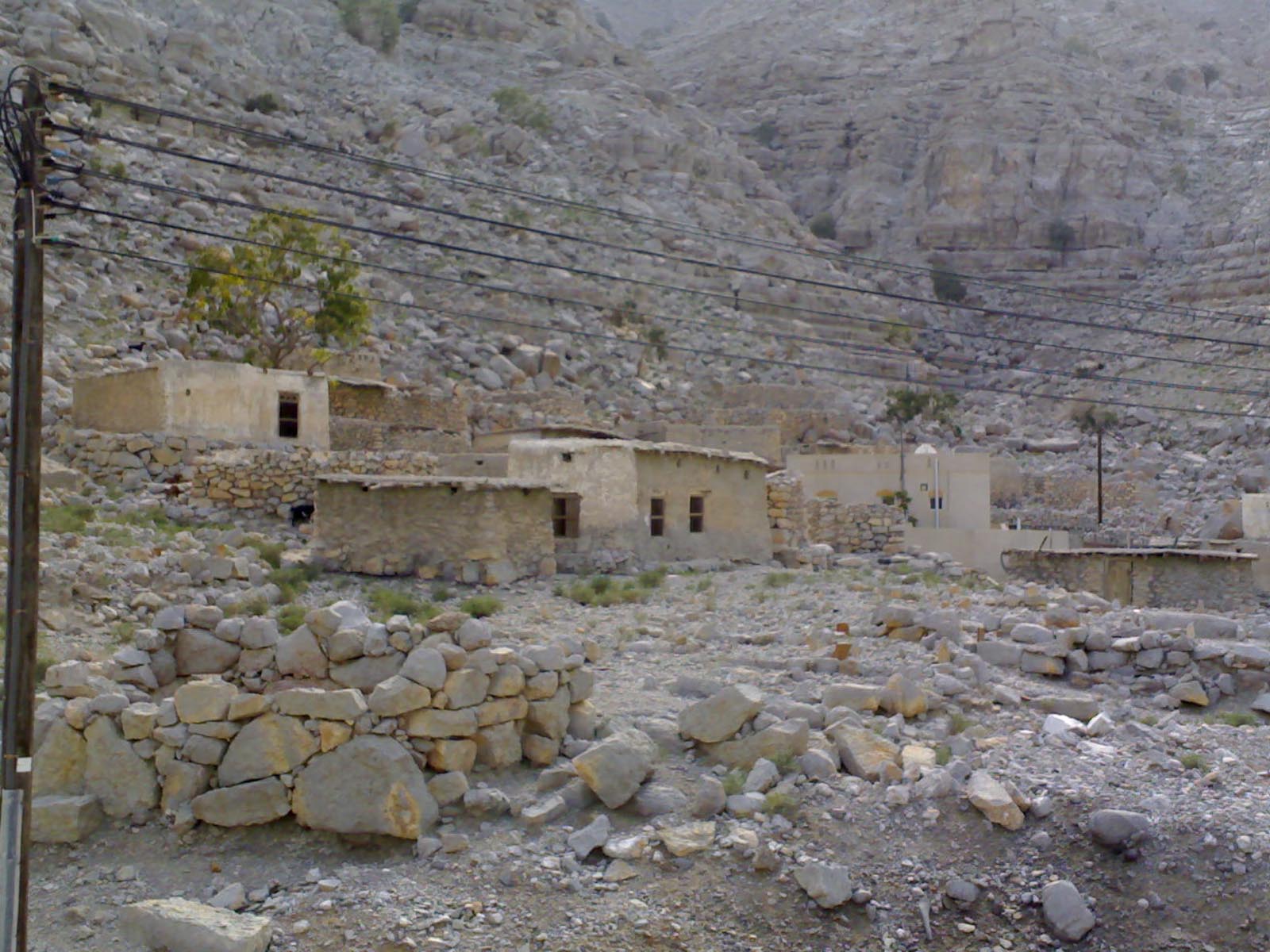
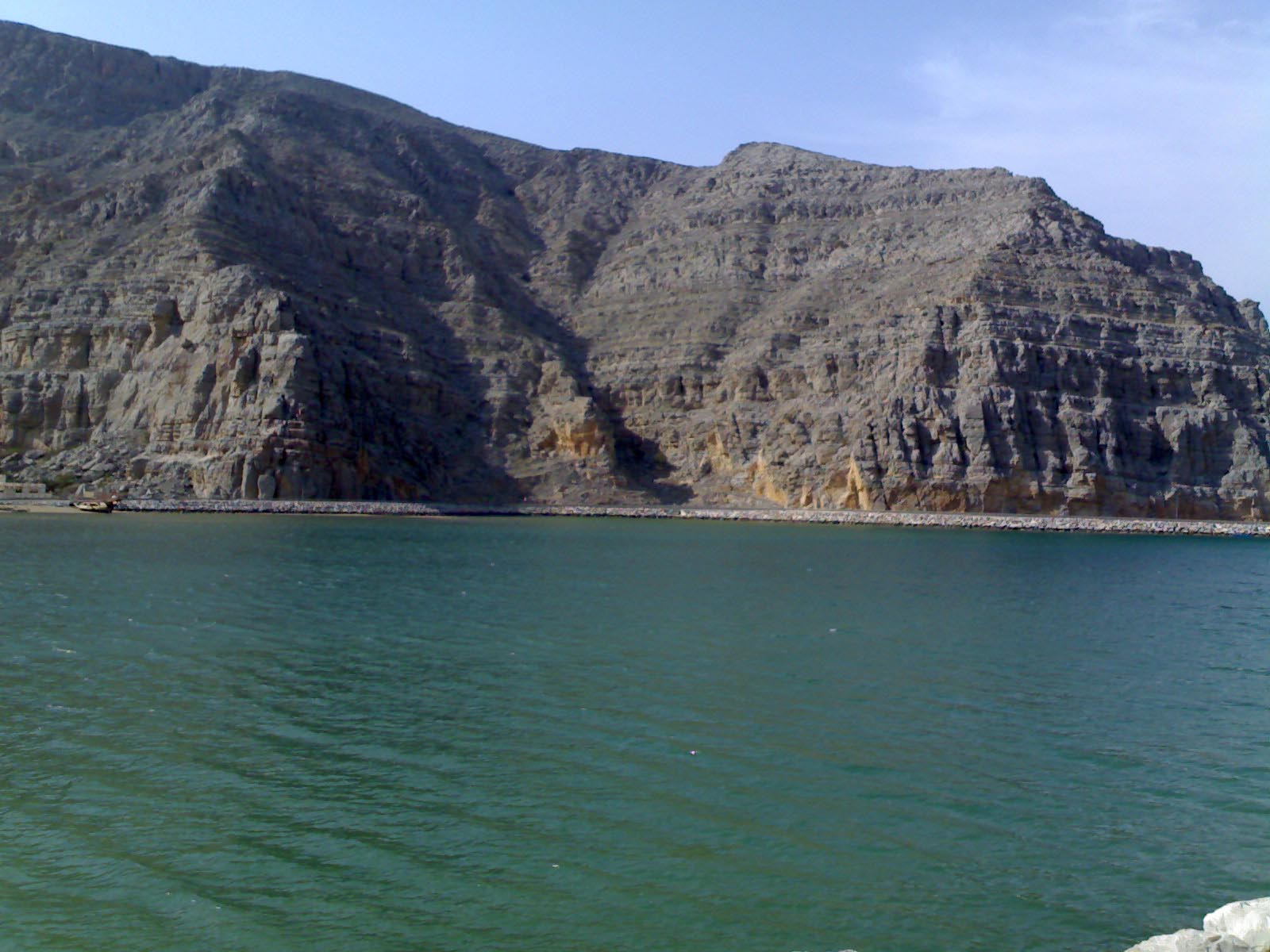
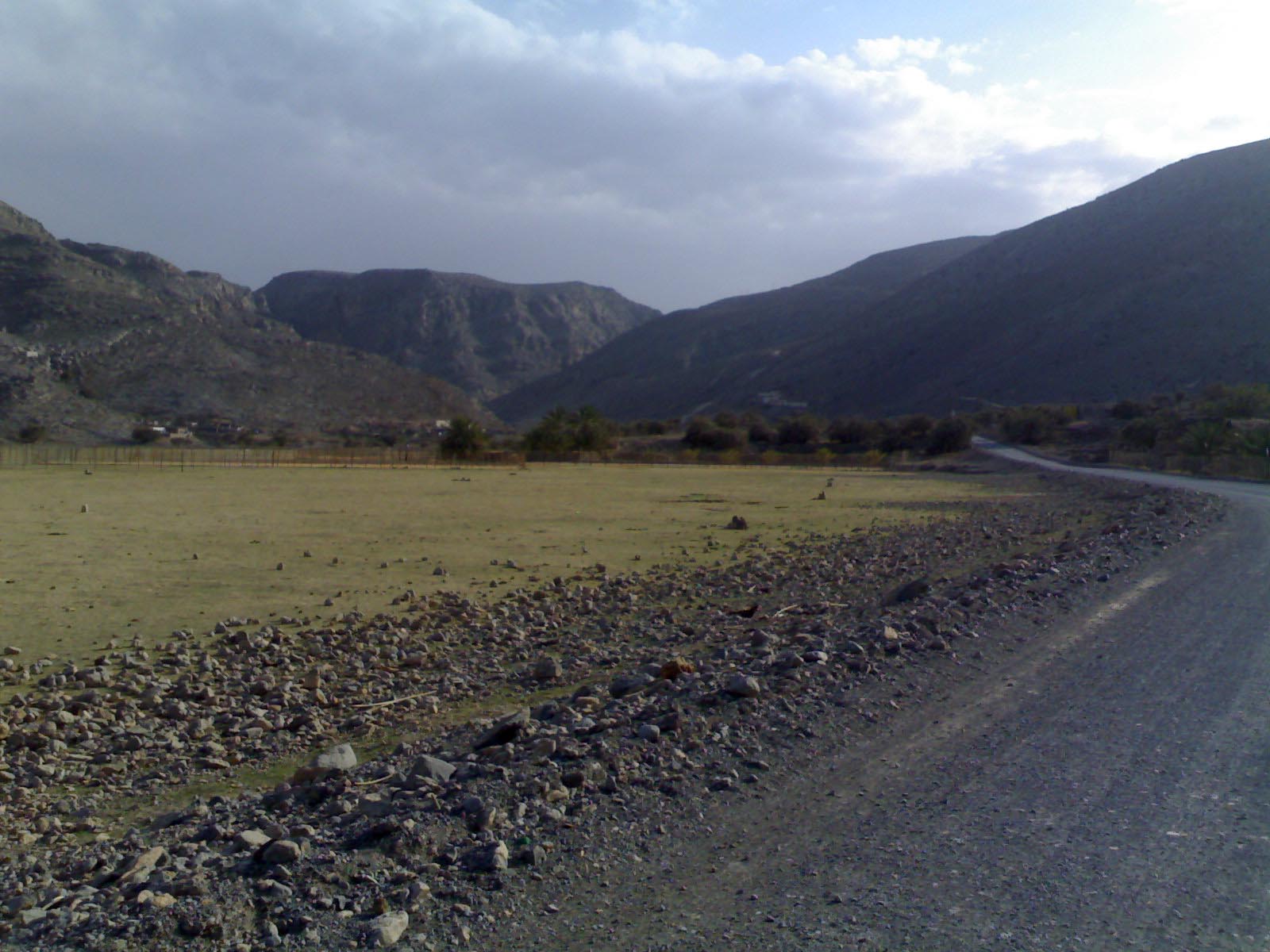
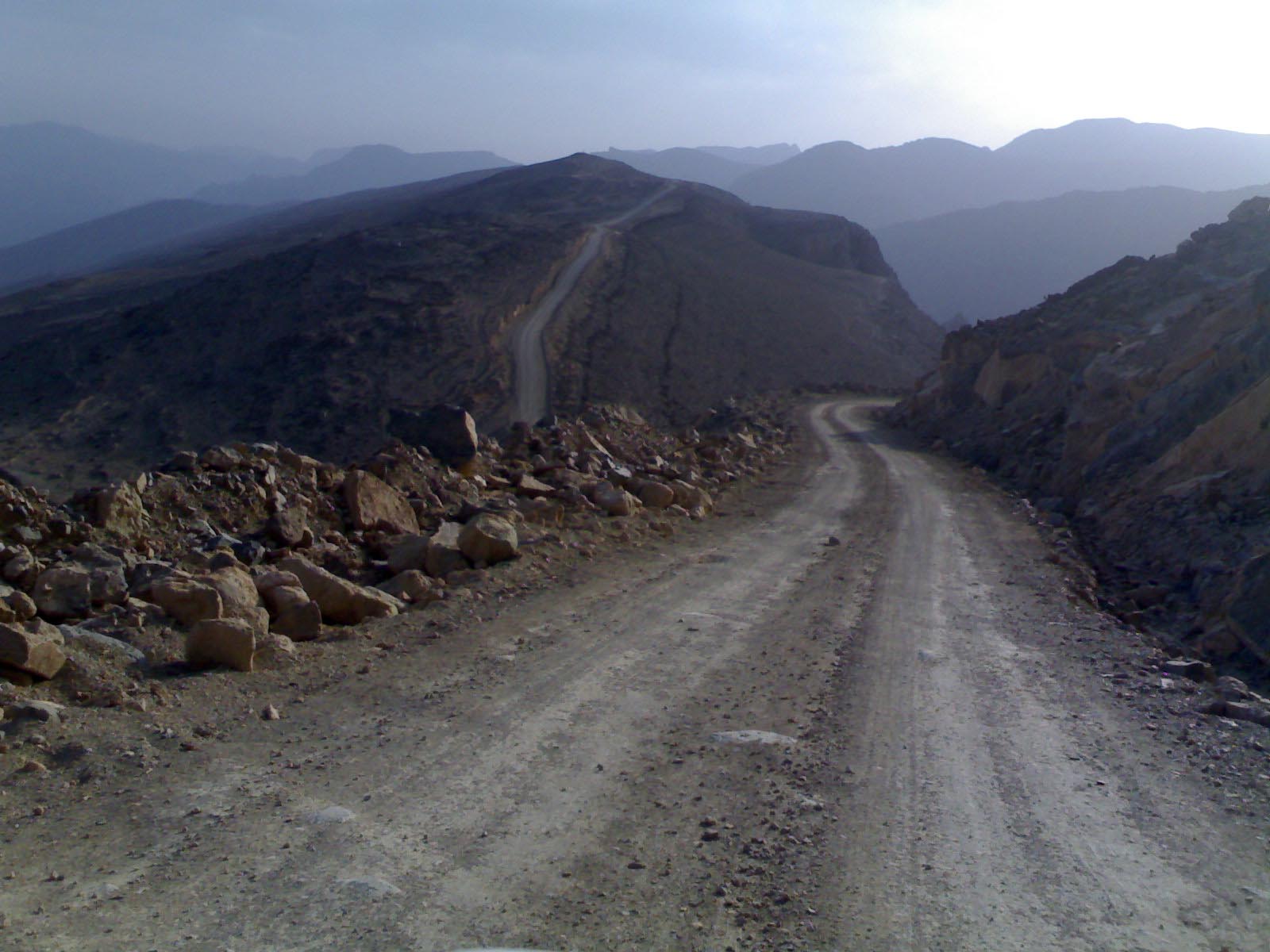
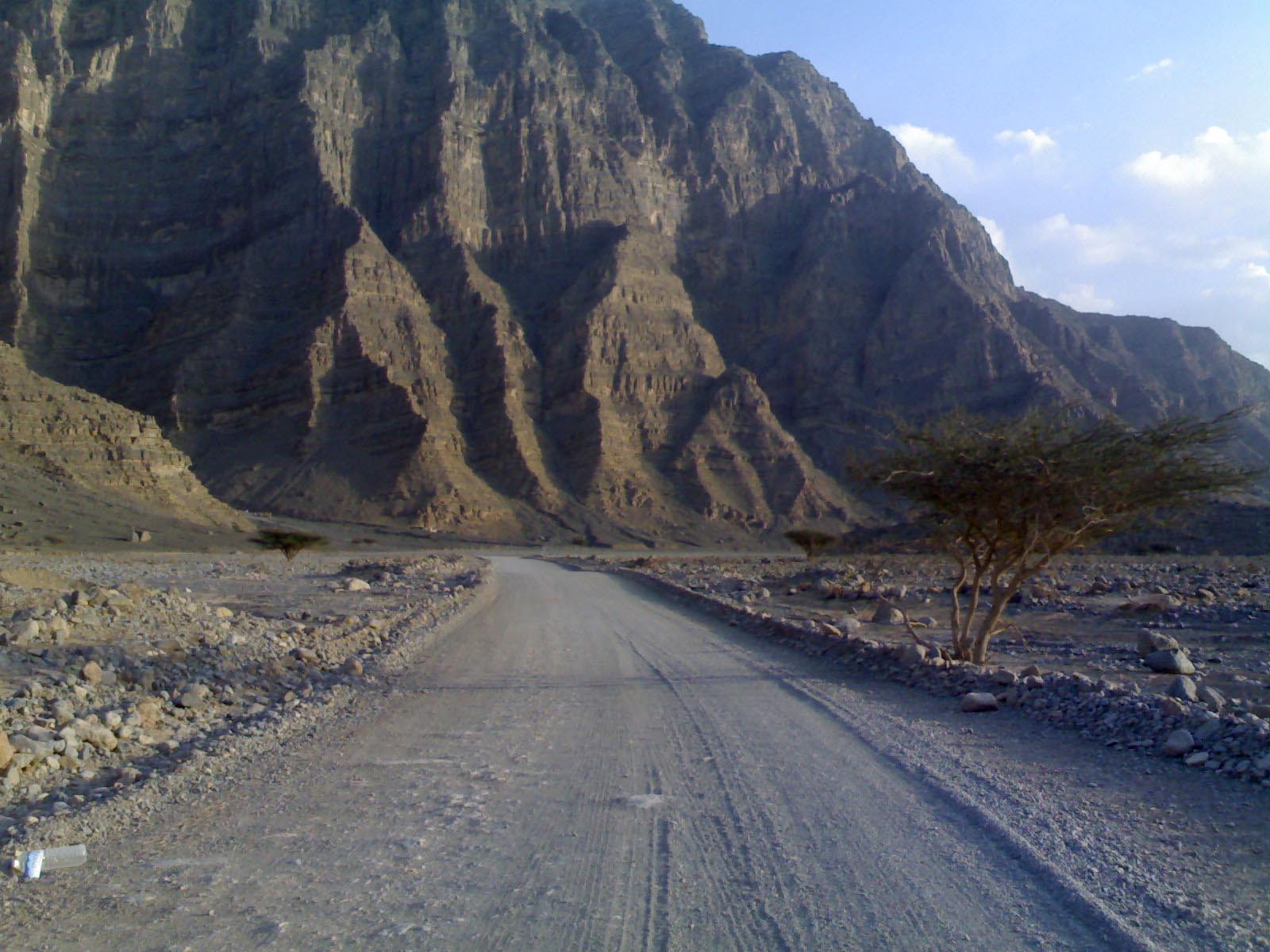
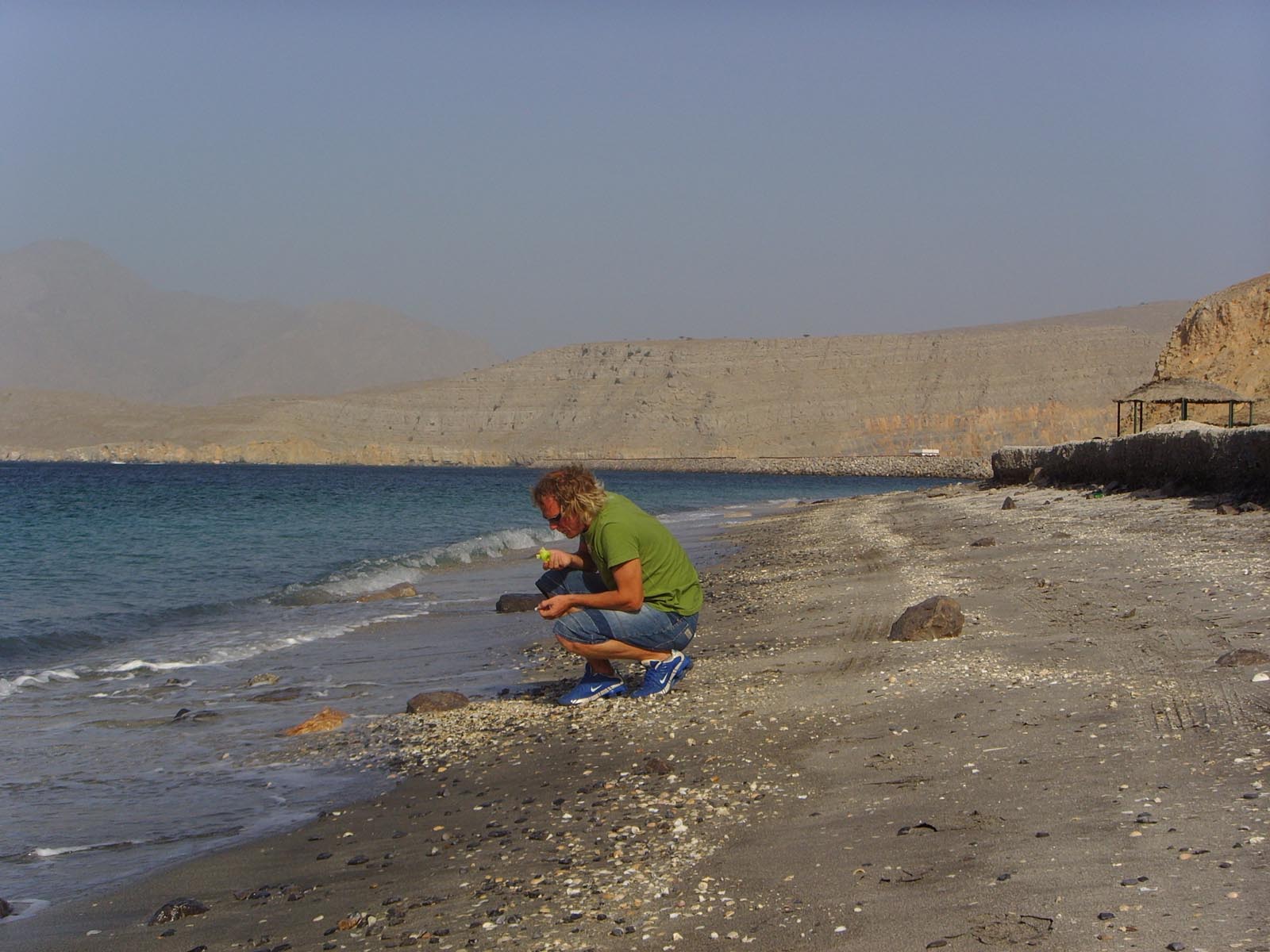
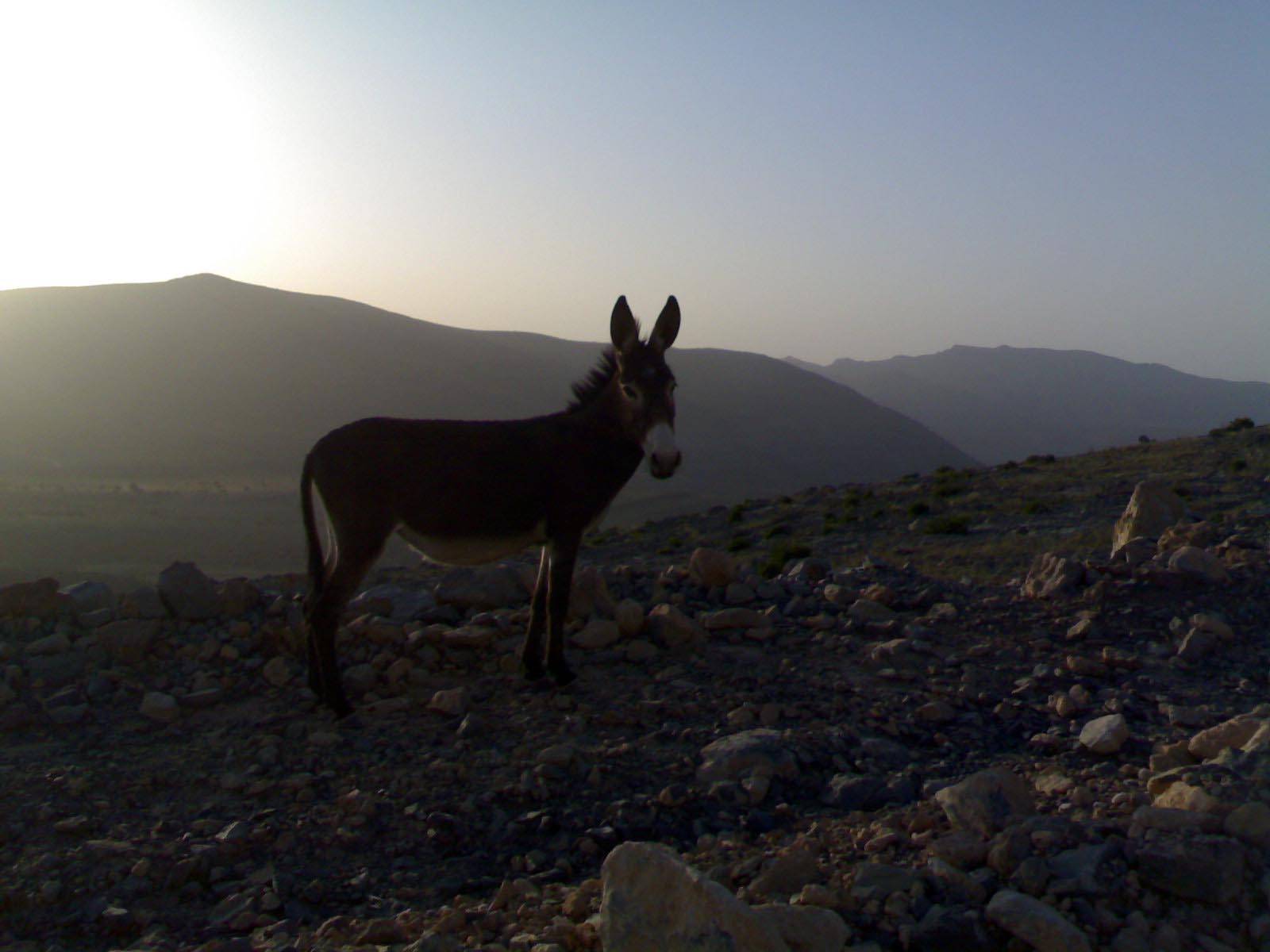
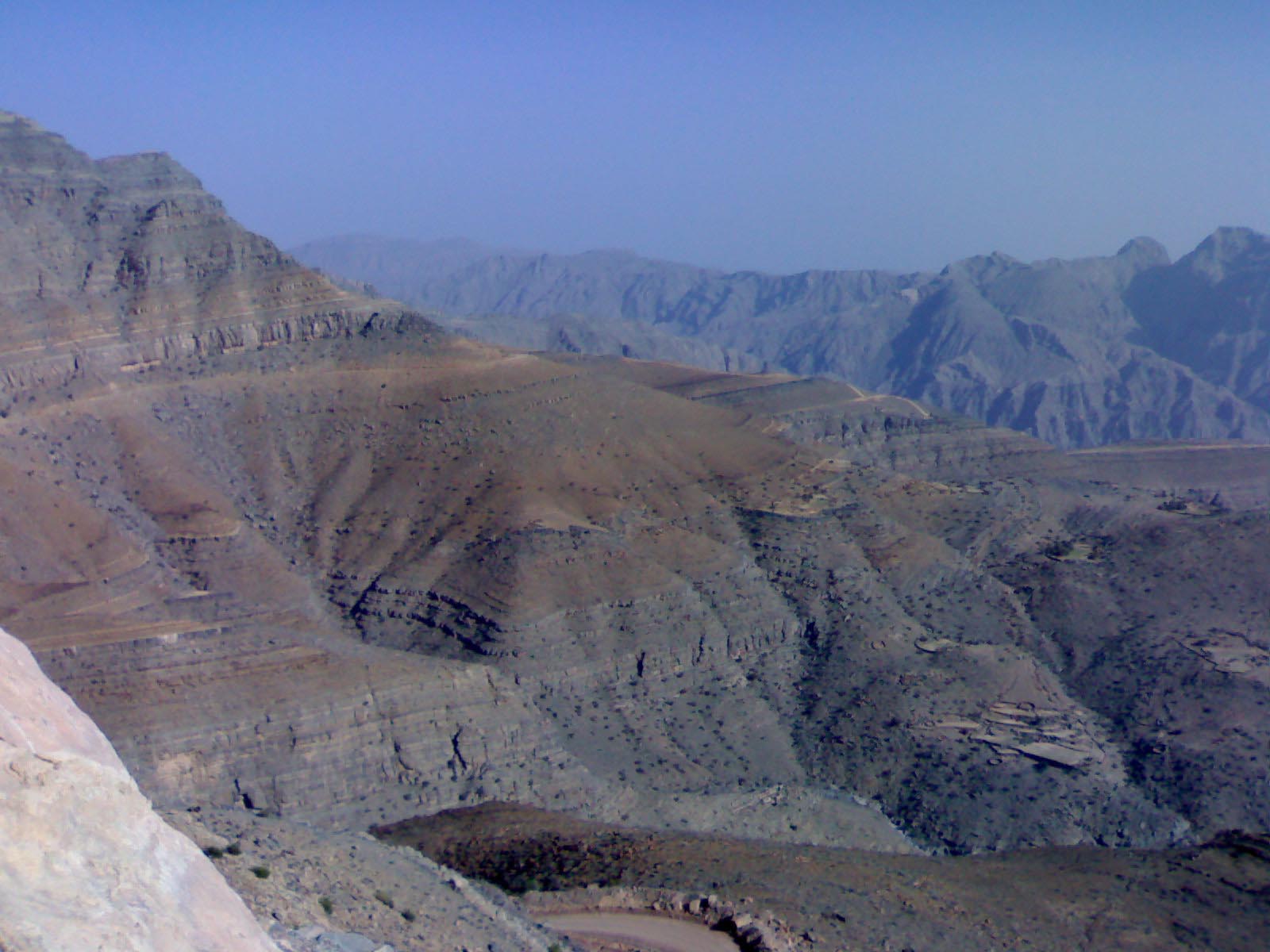
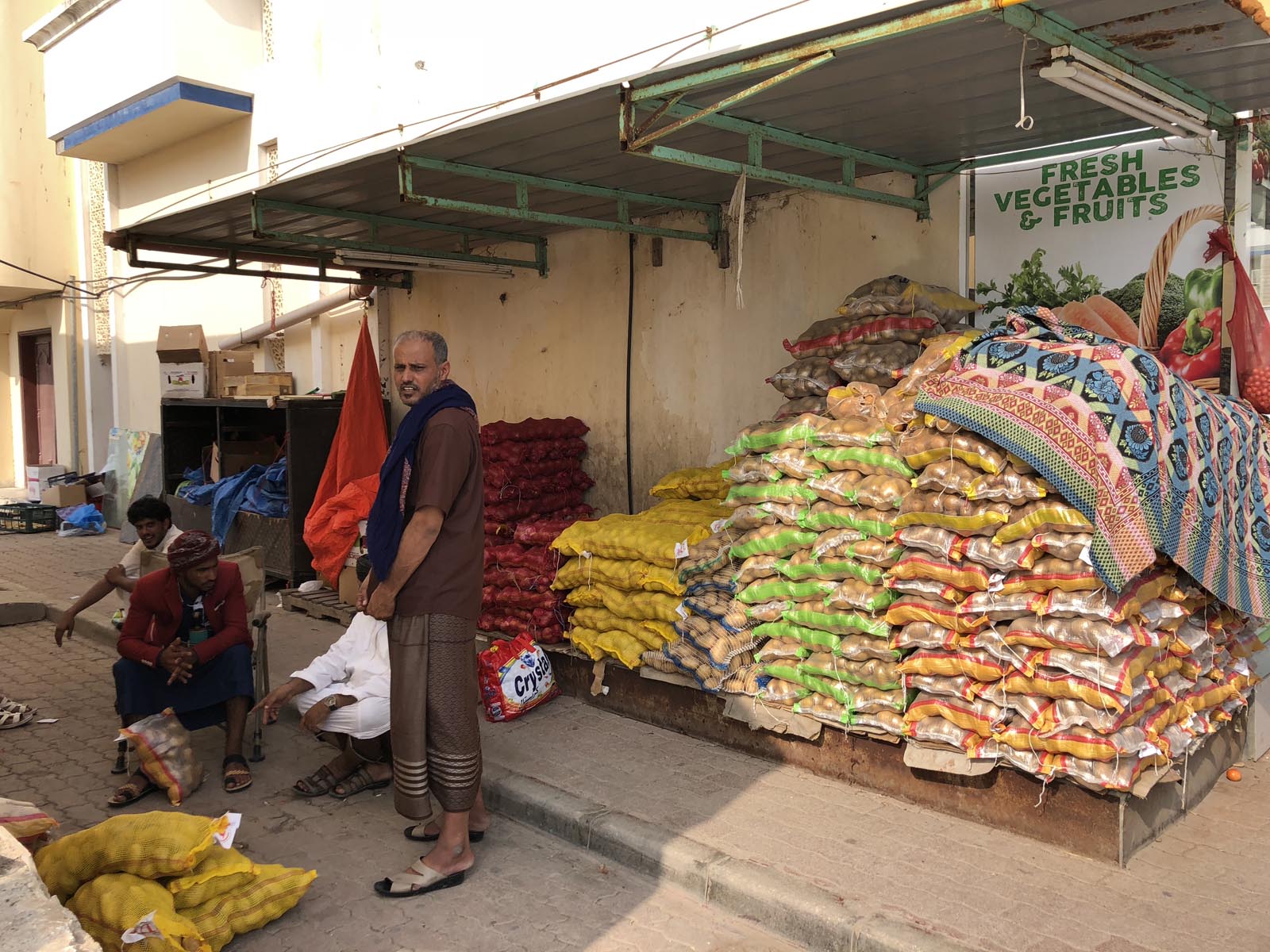
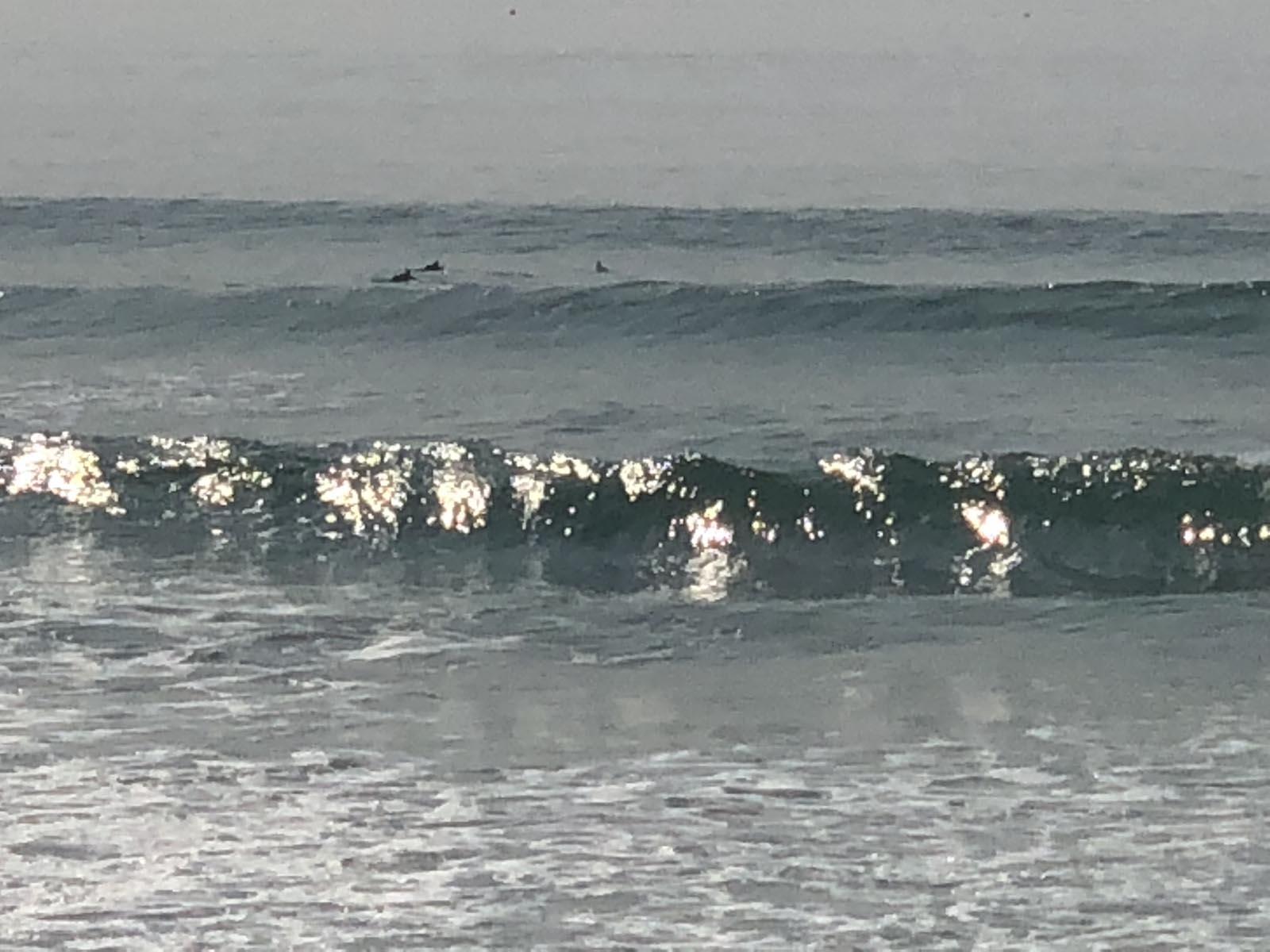
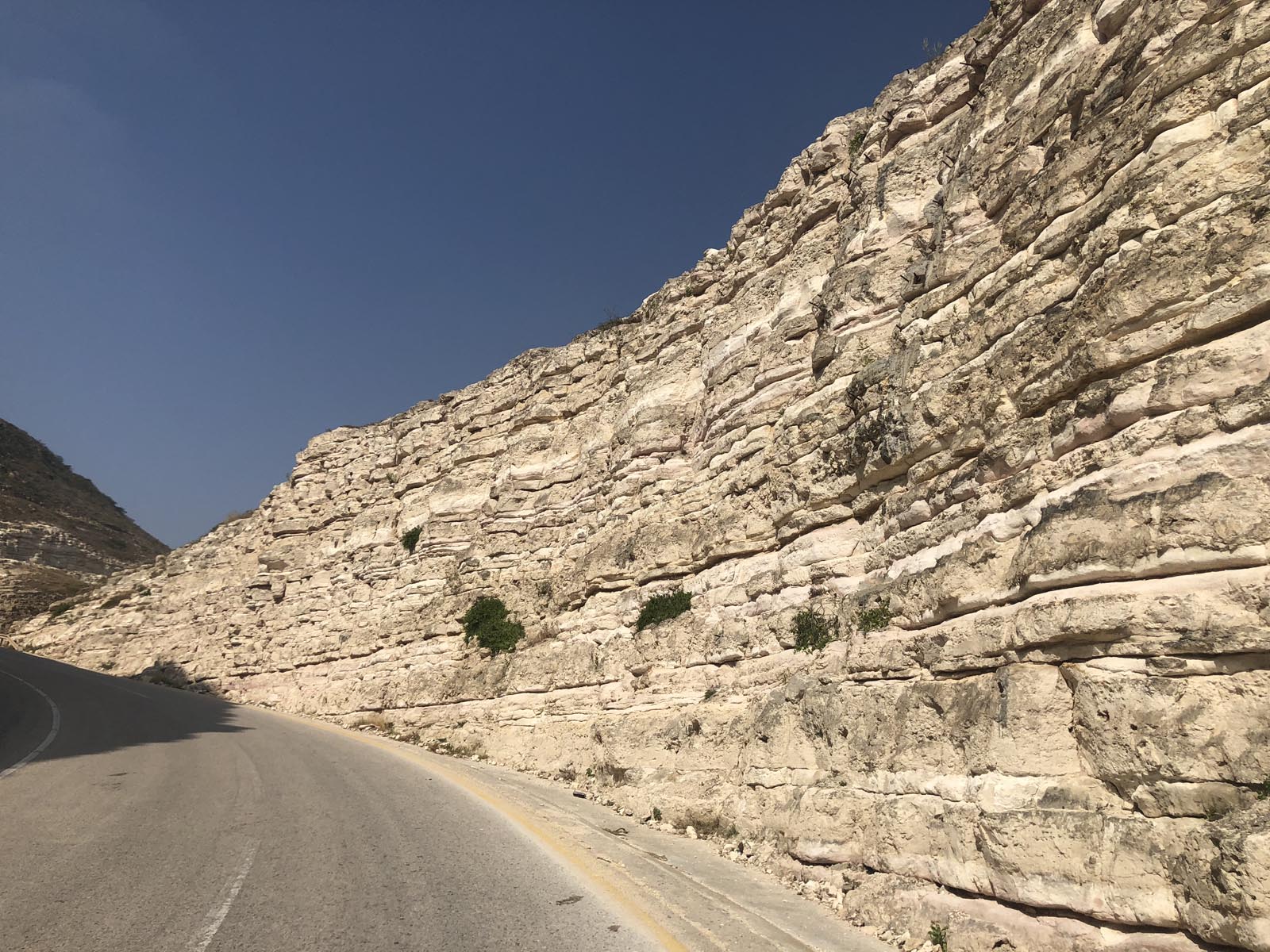
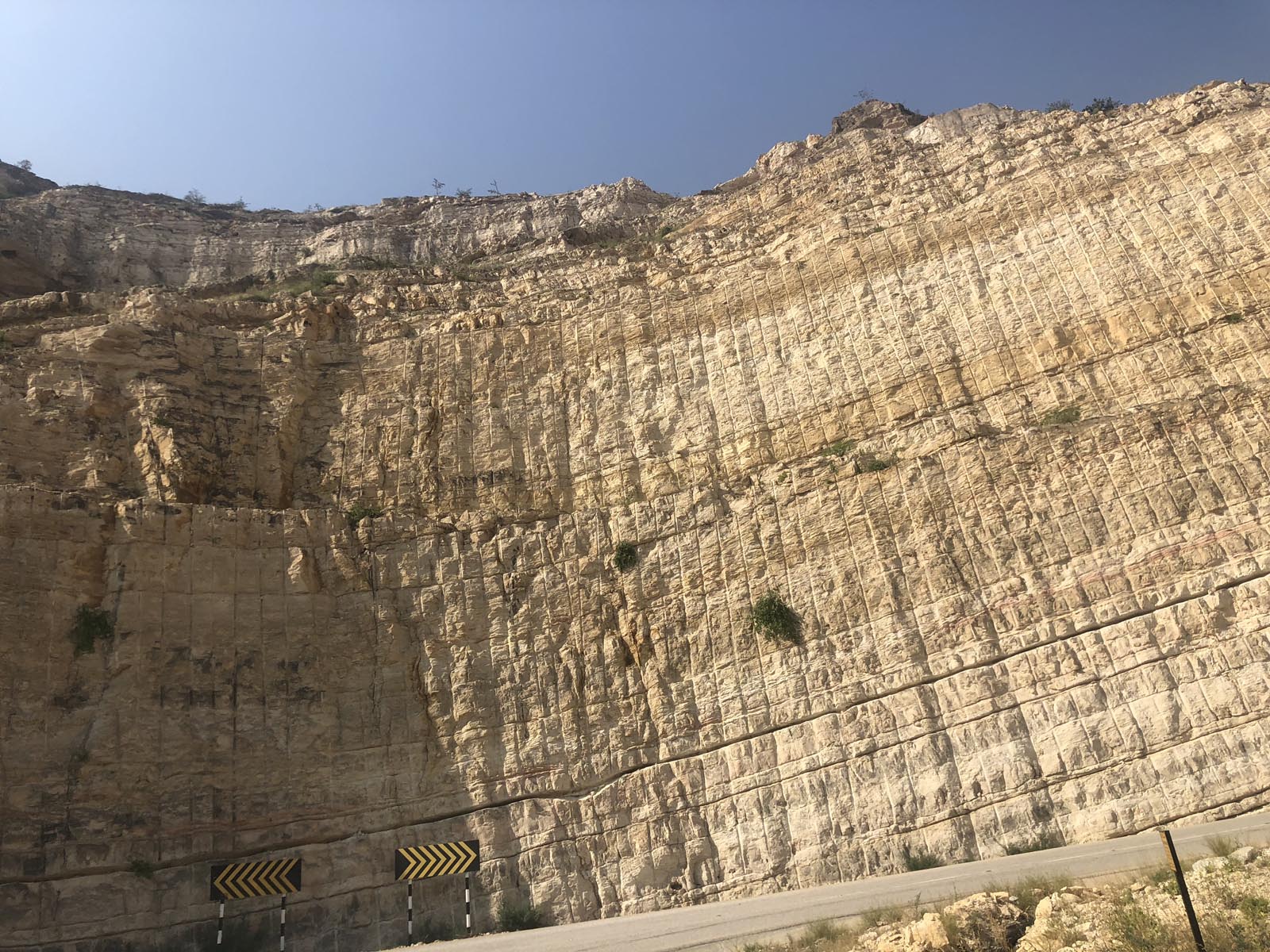

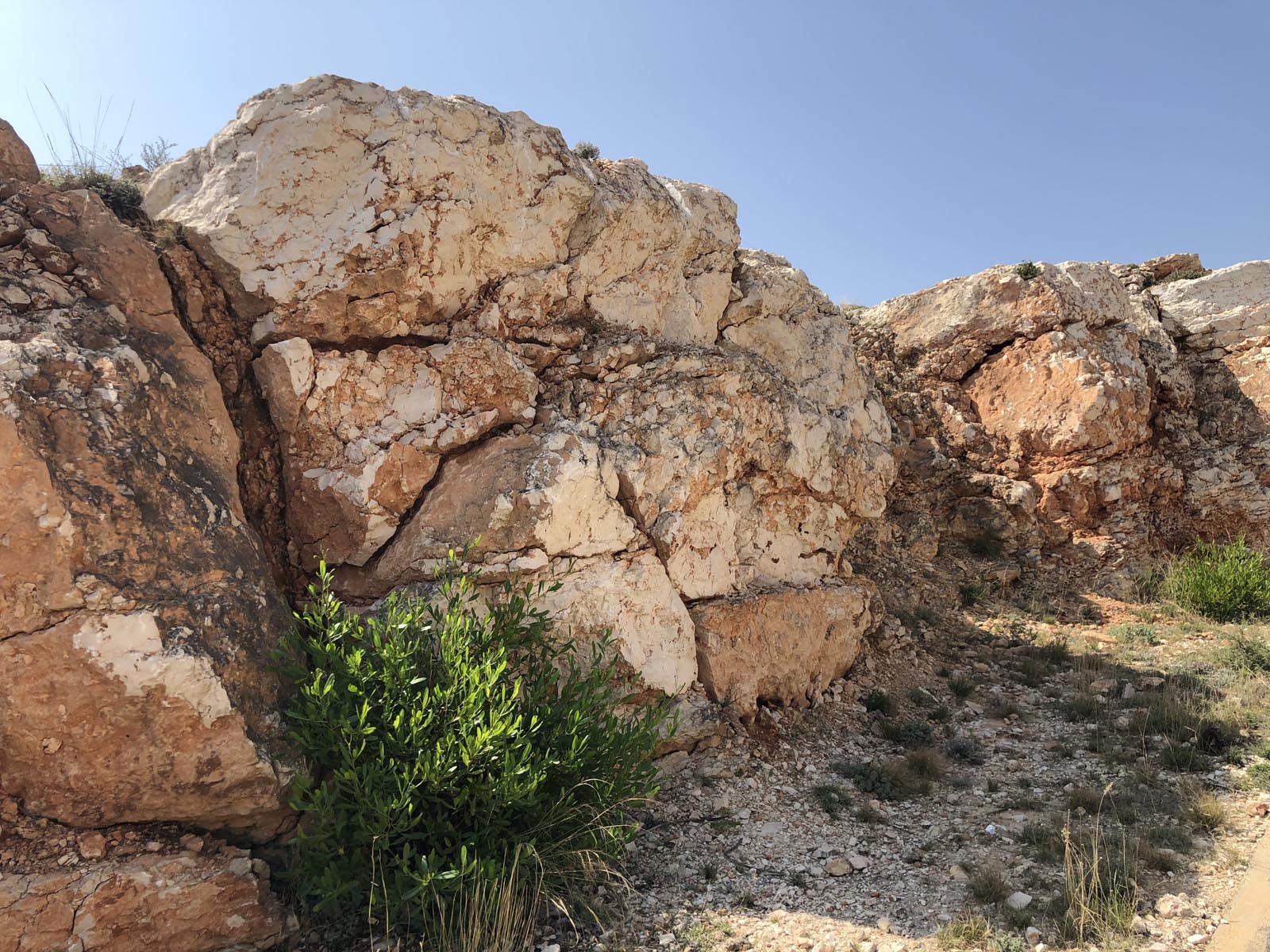

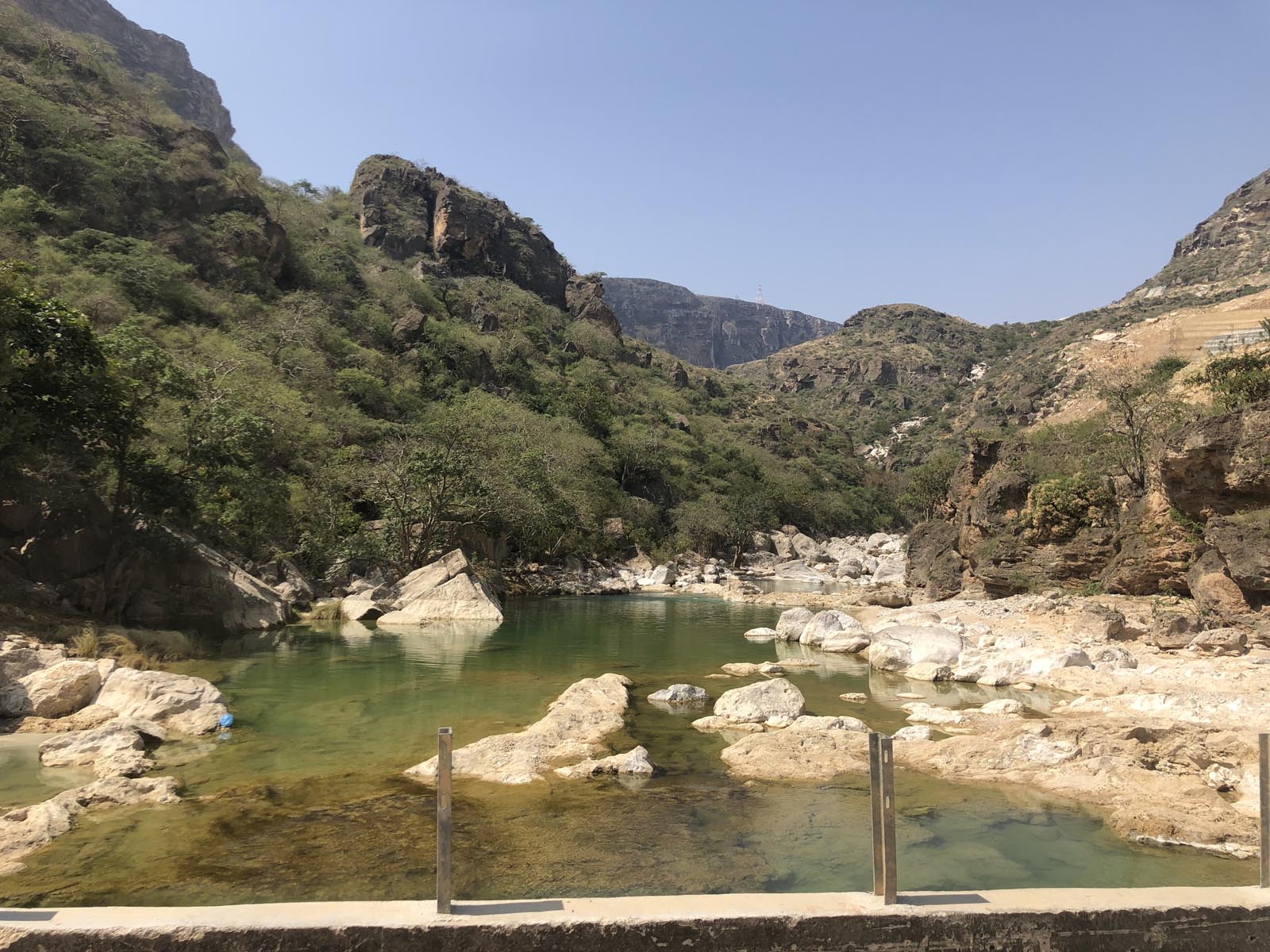

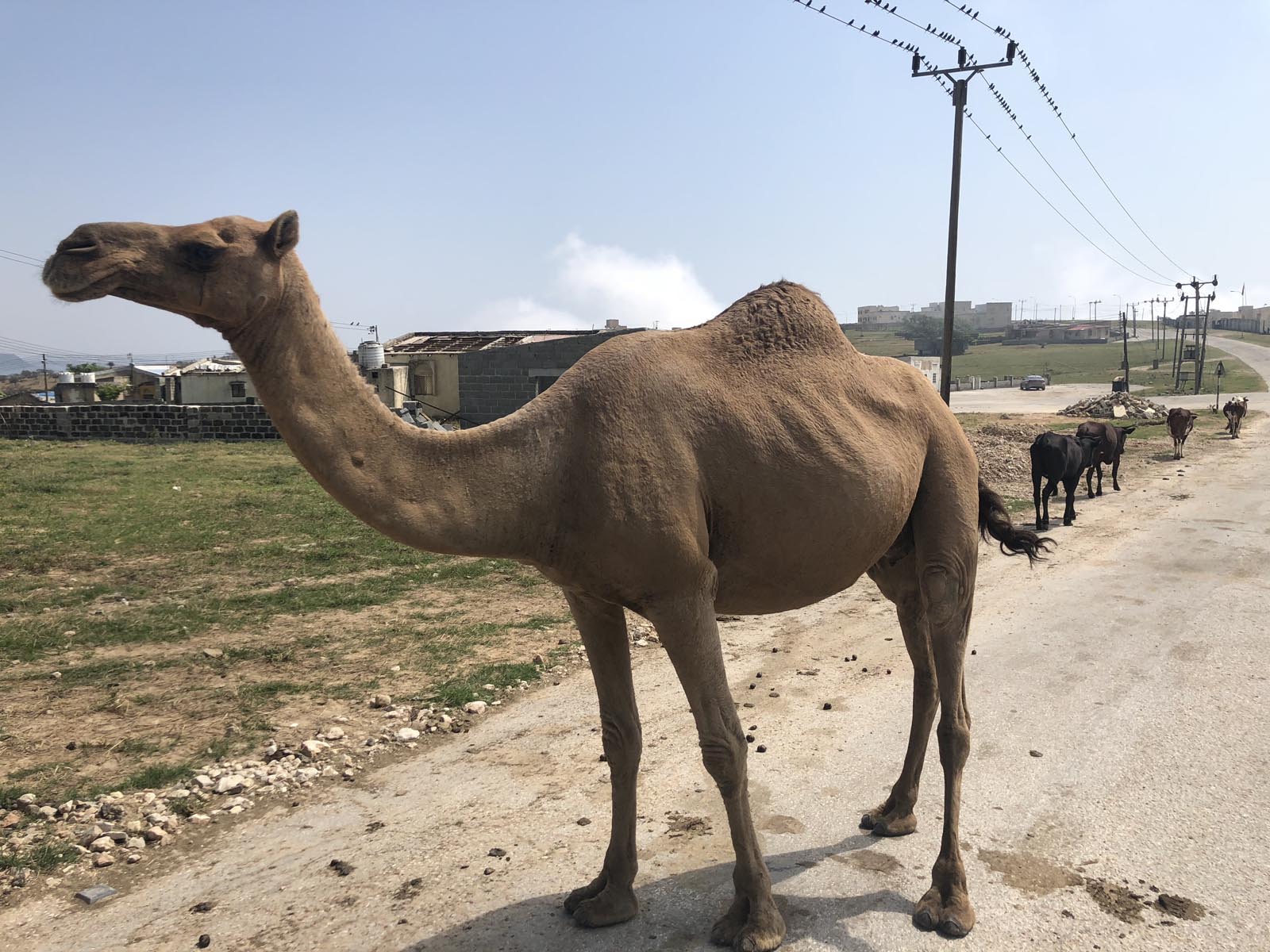
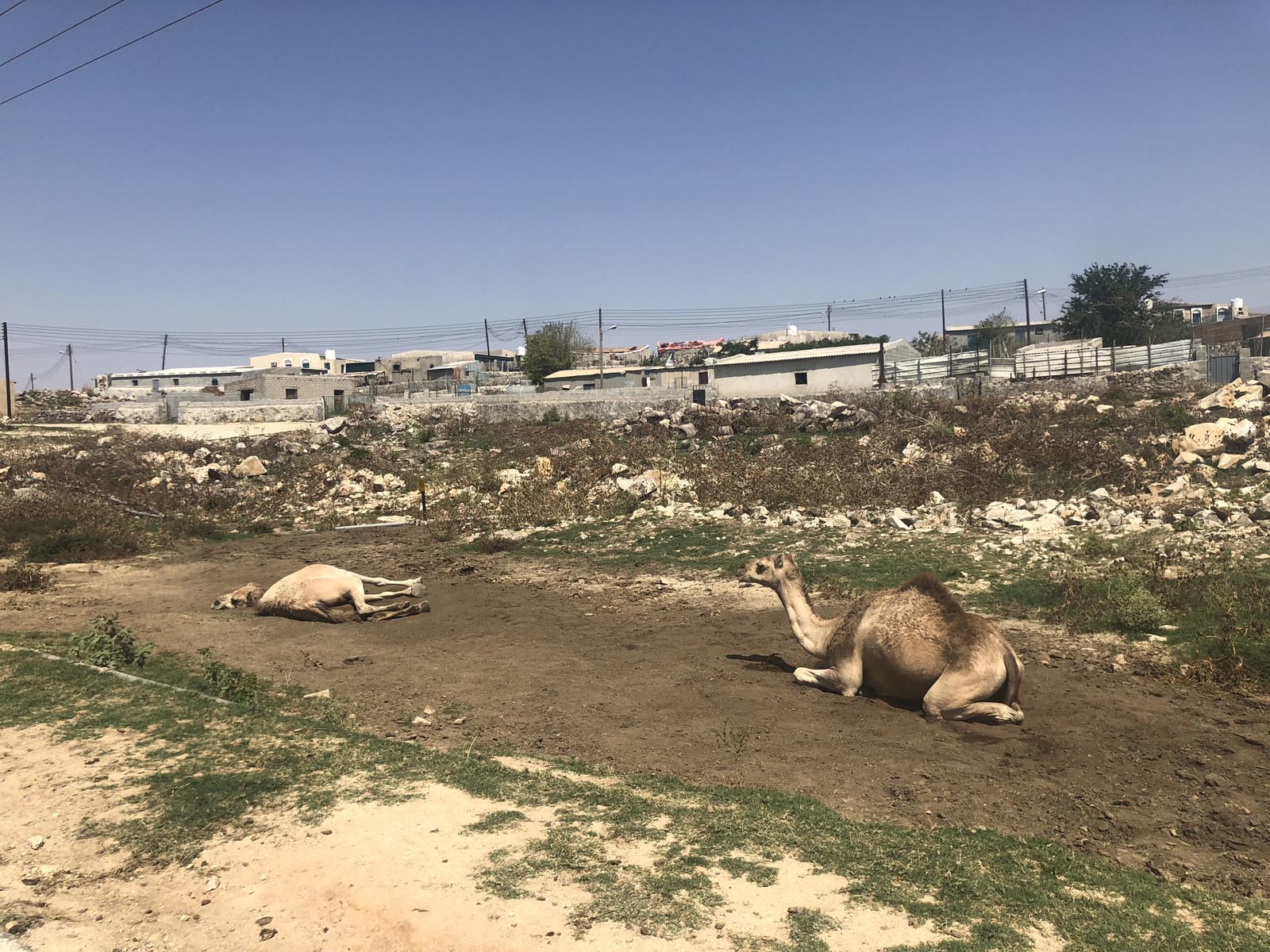

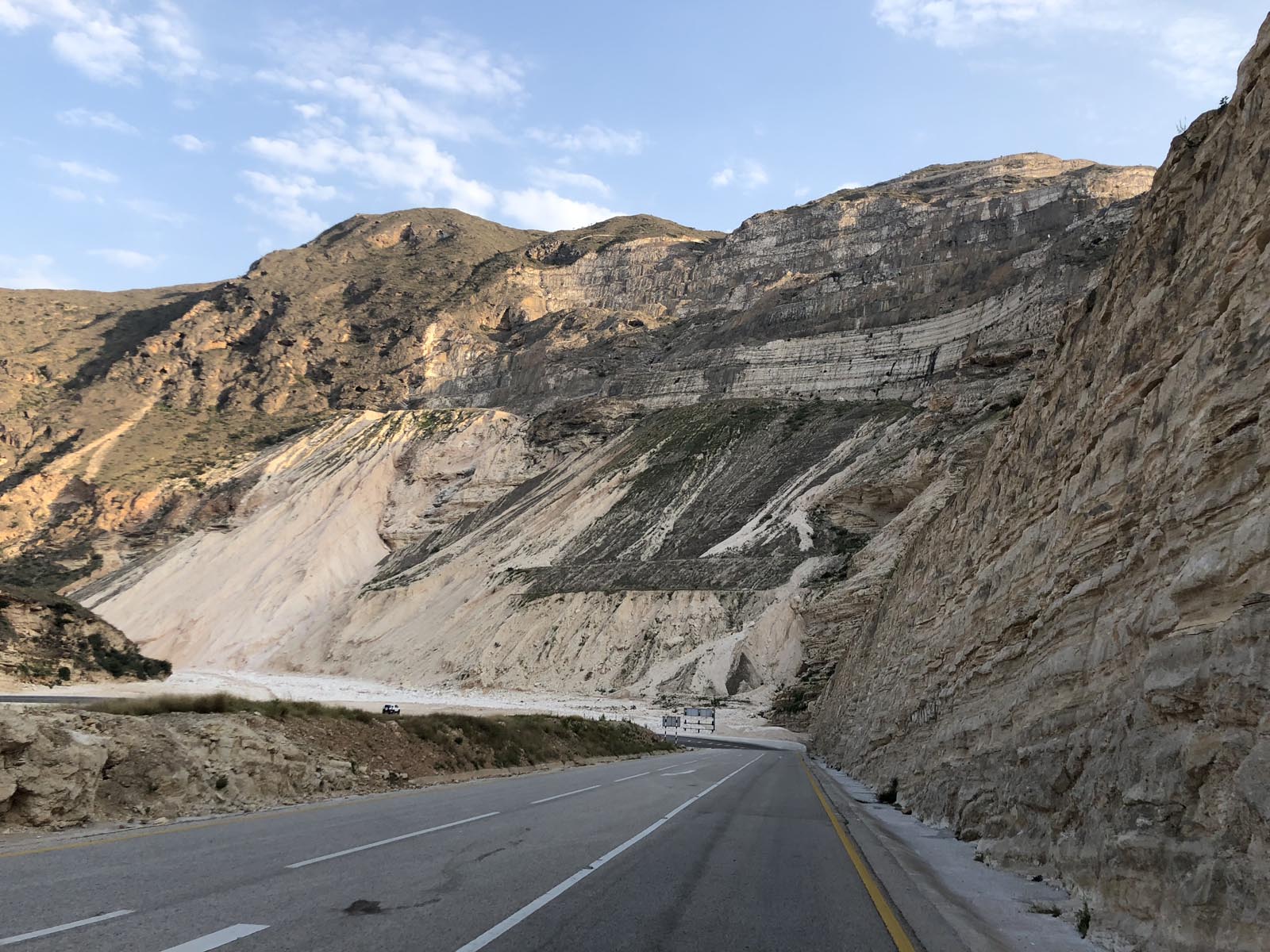

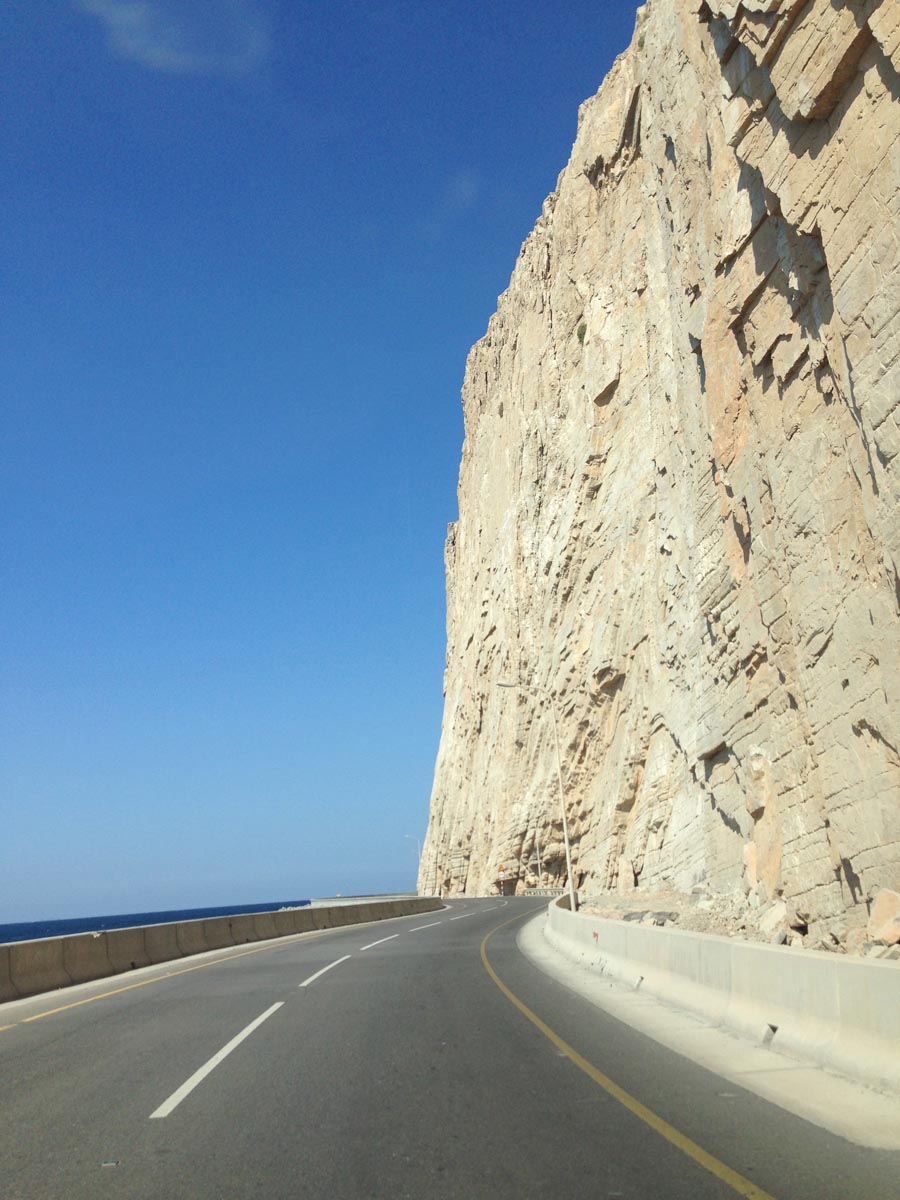
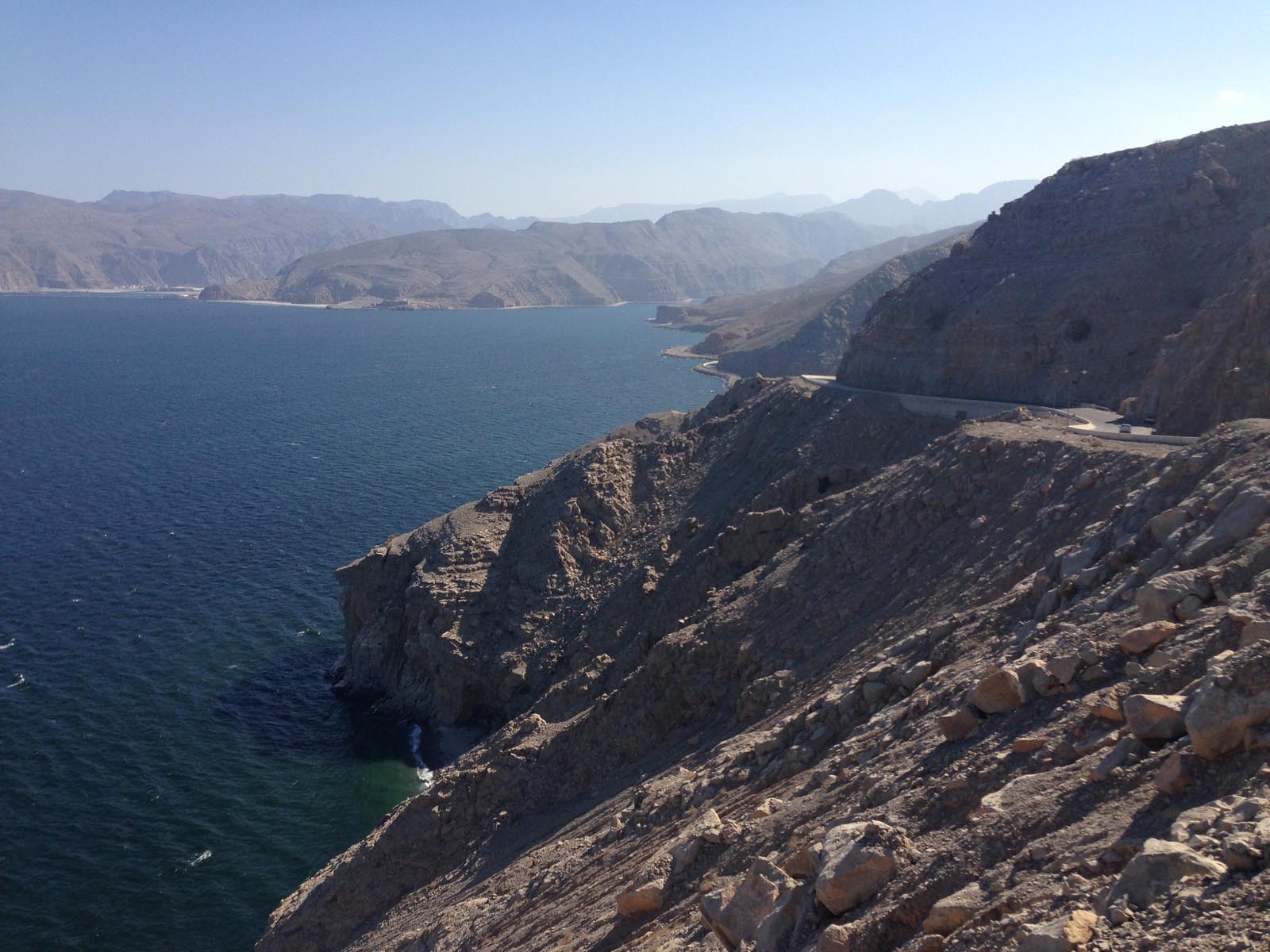
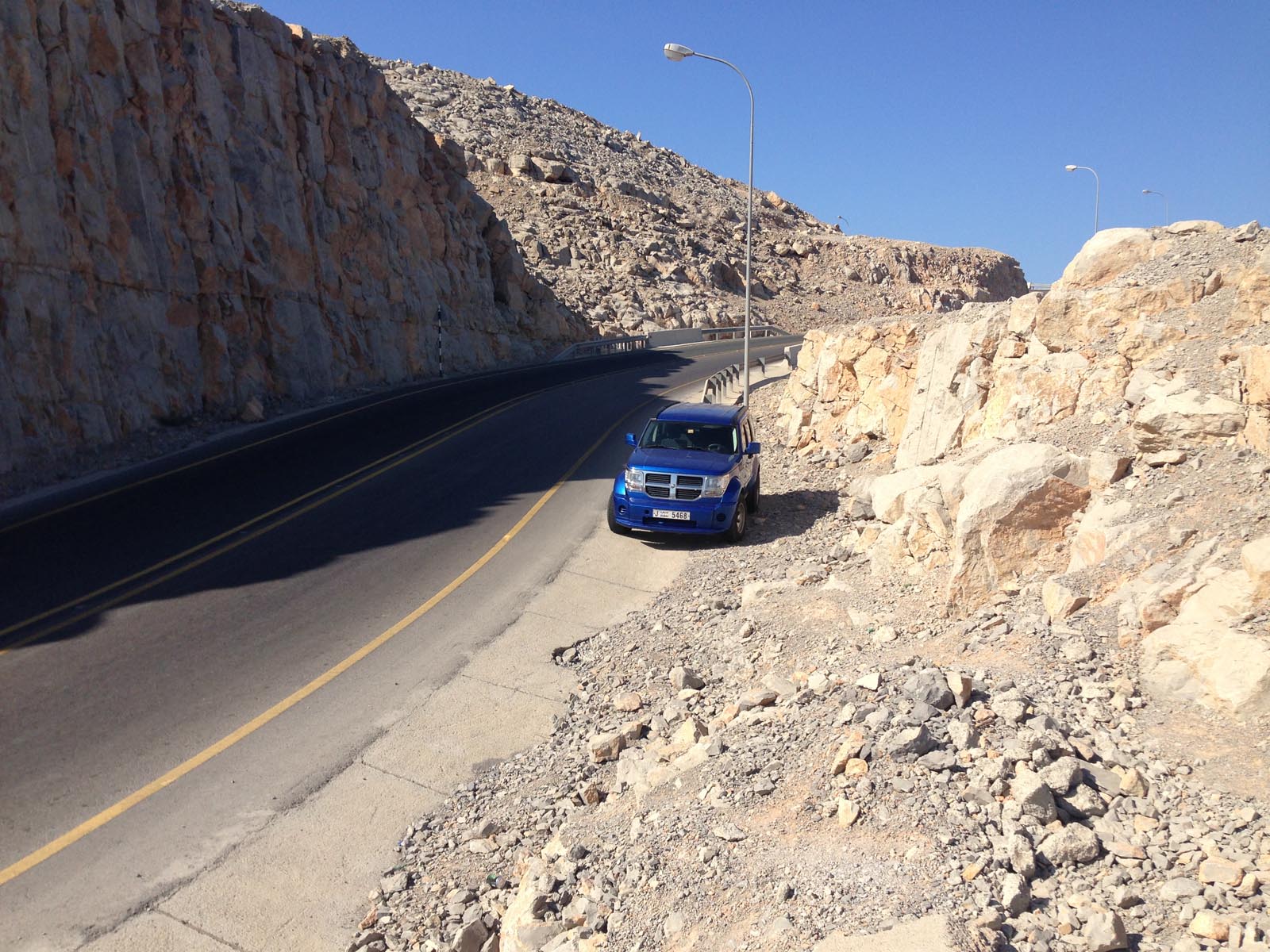
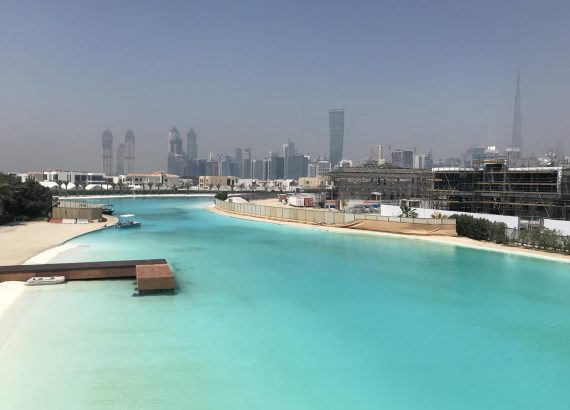
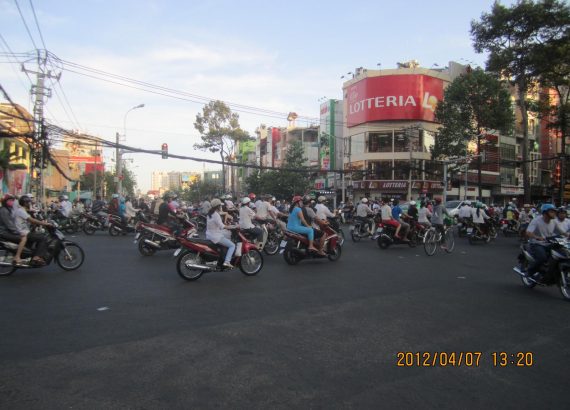
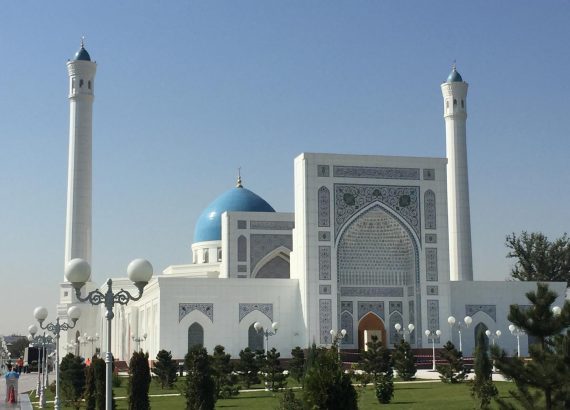
No Comments